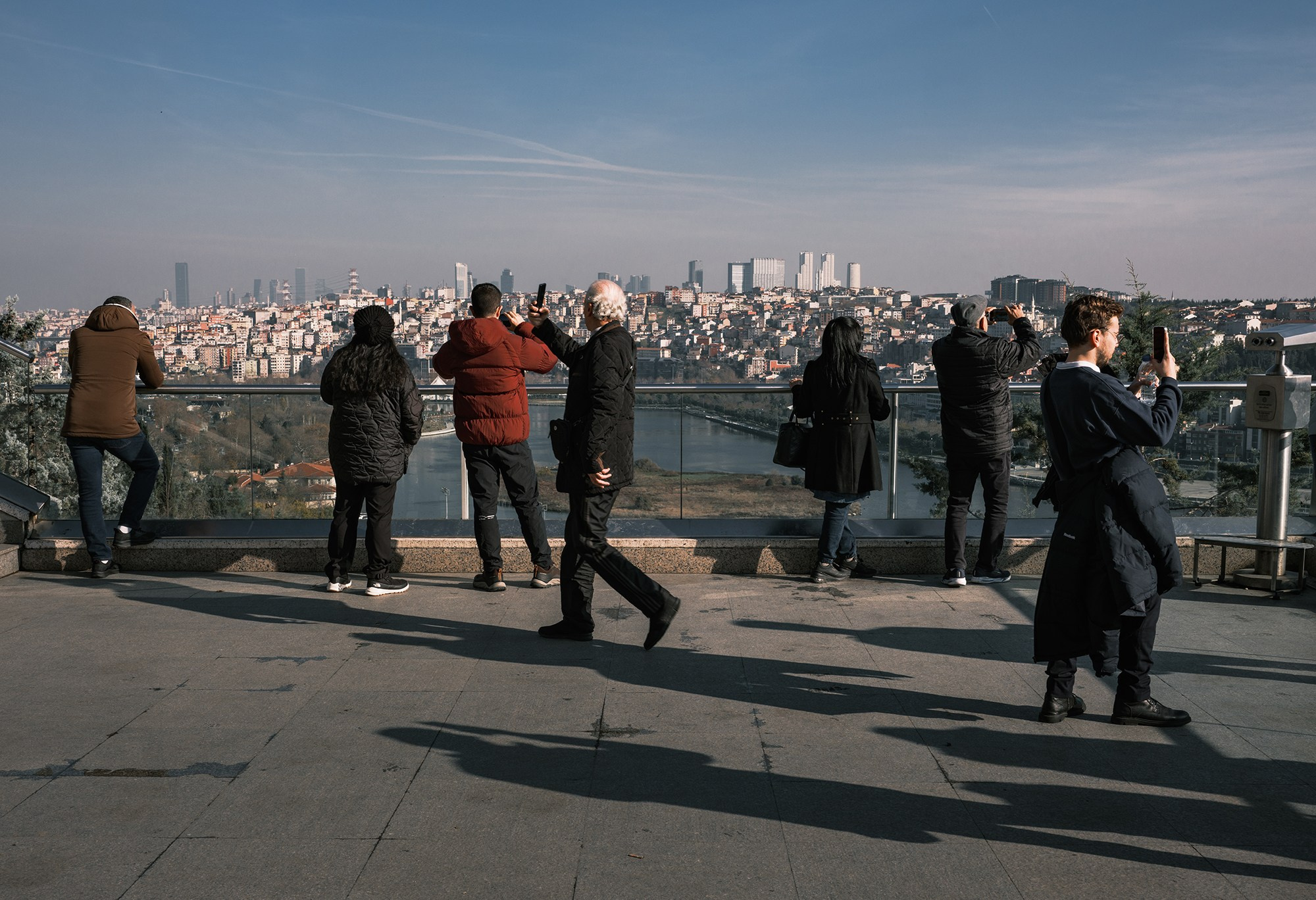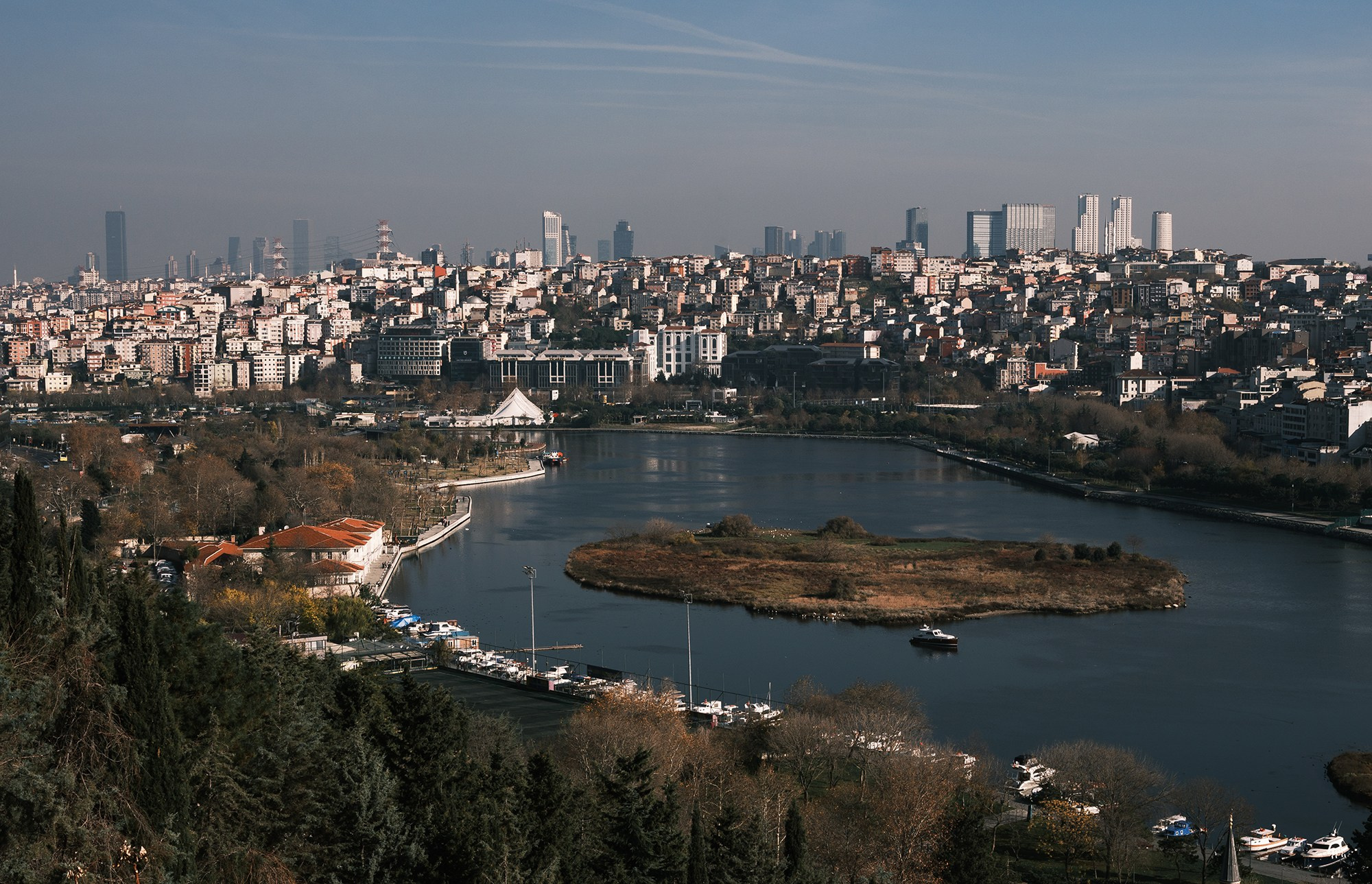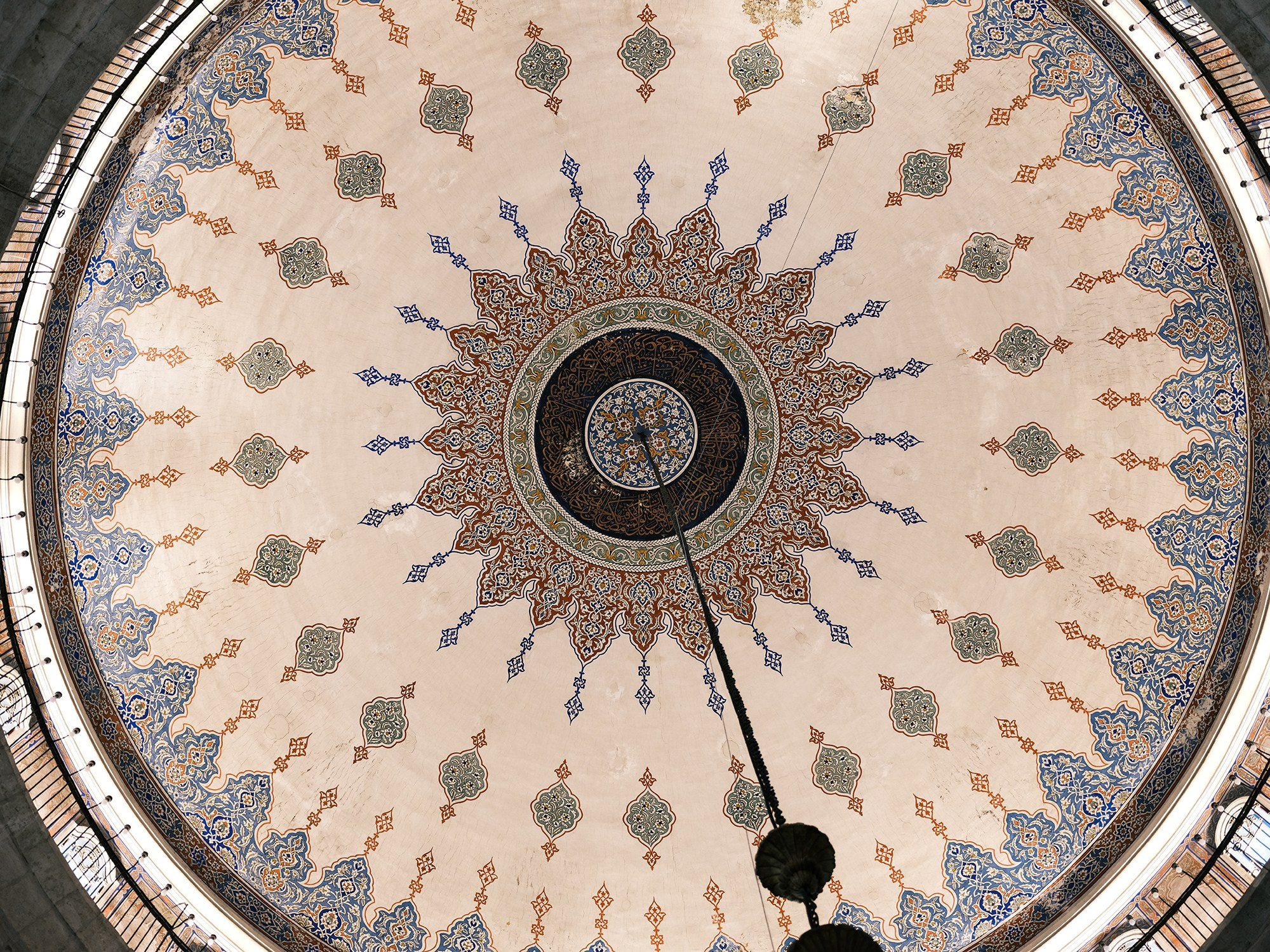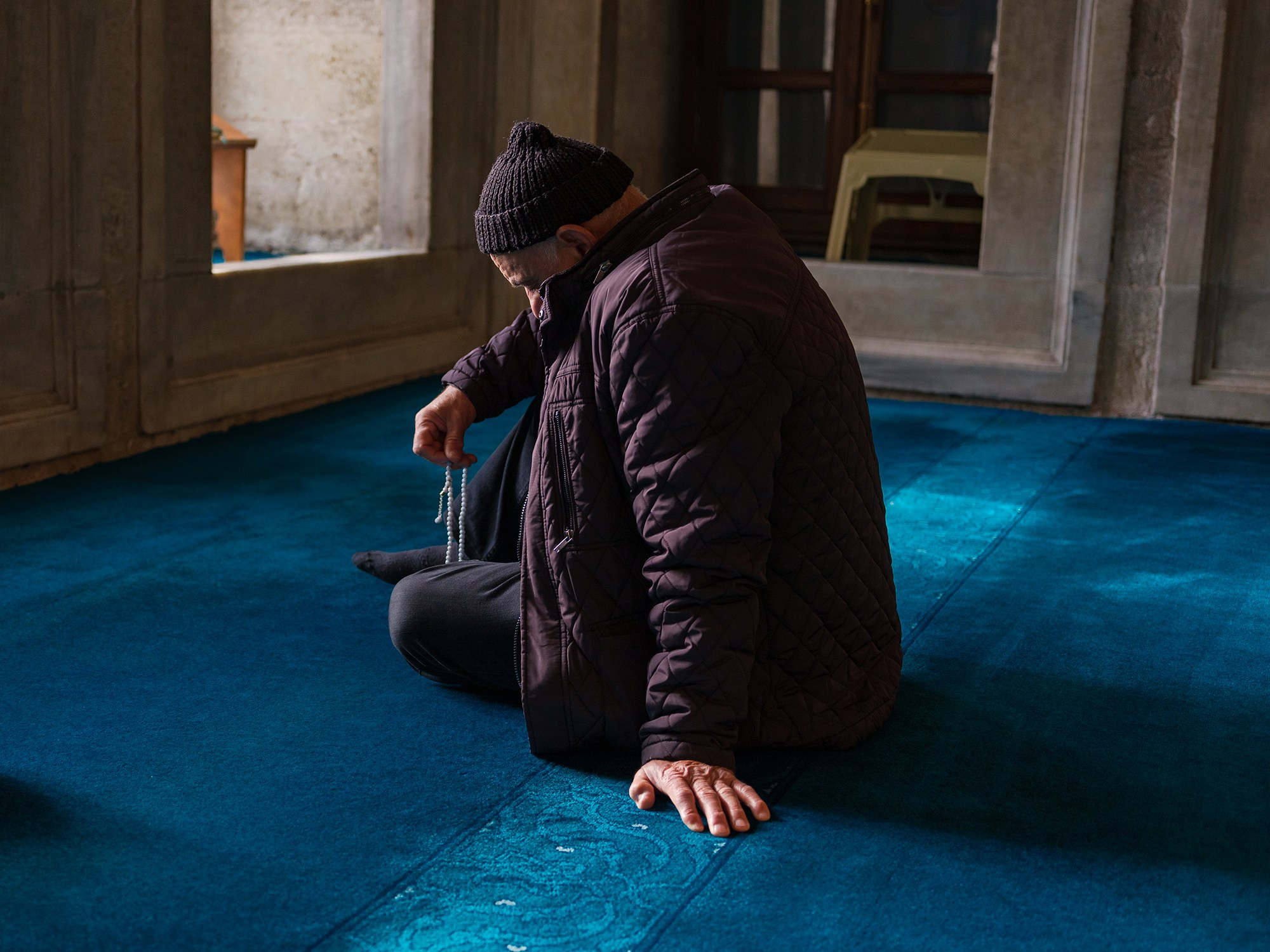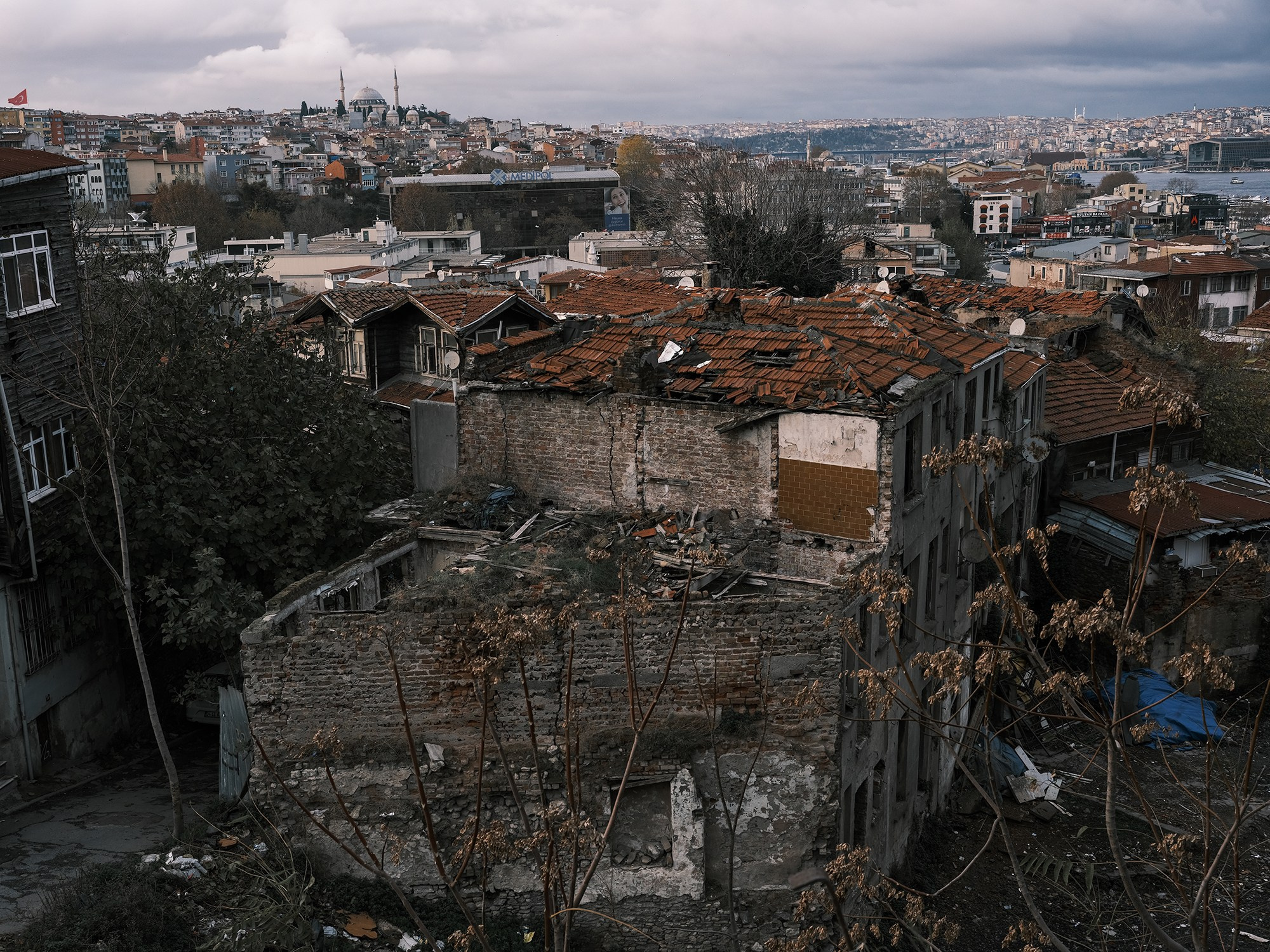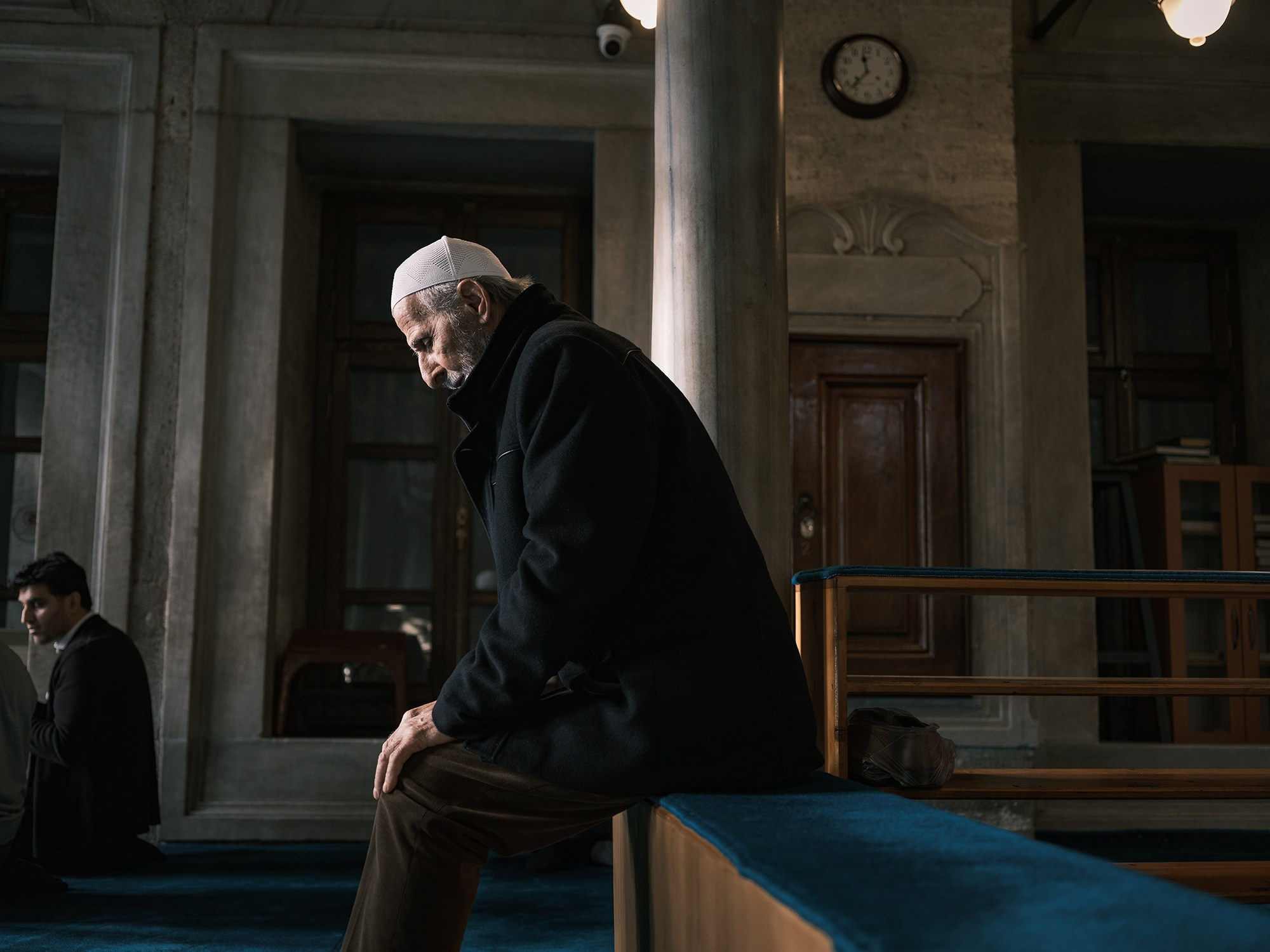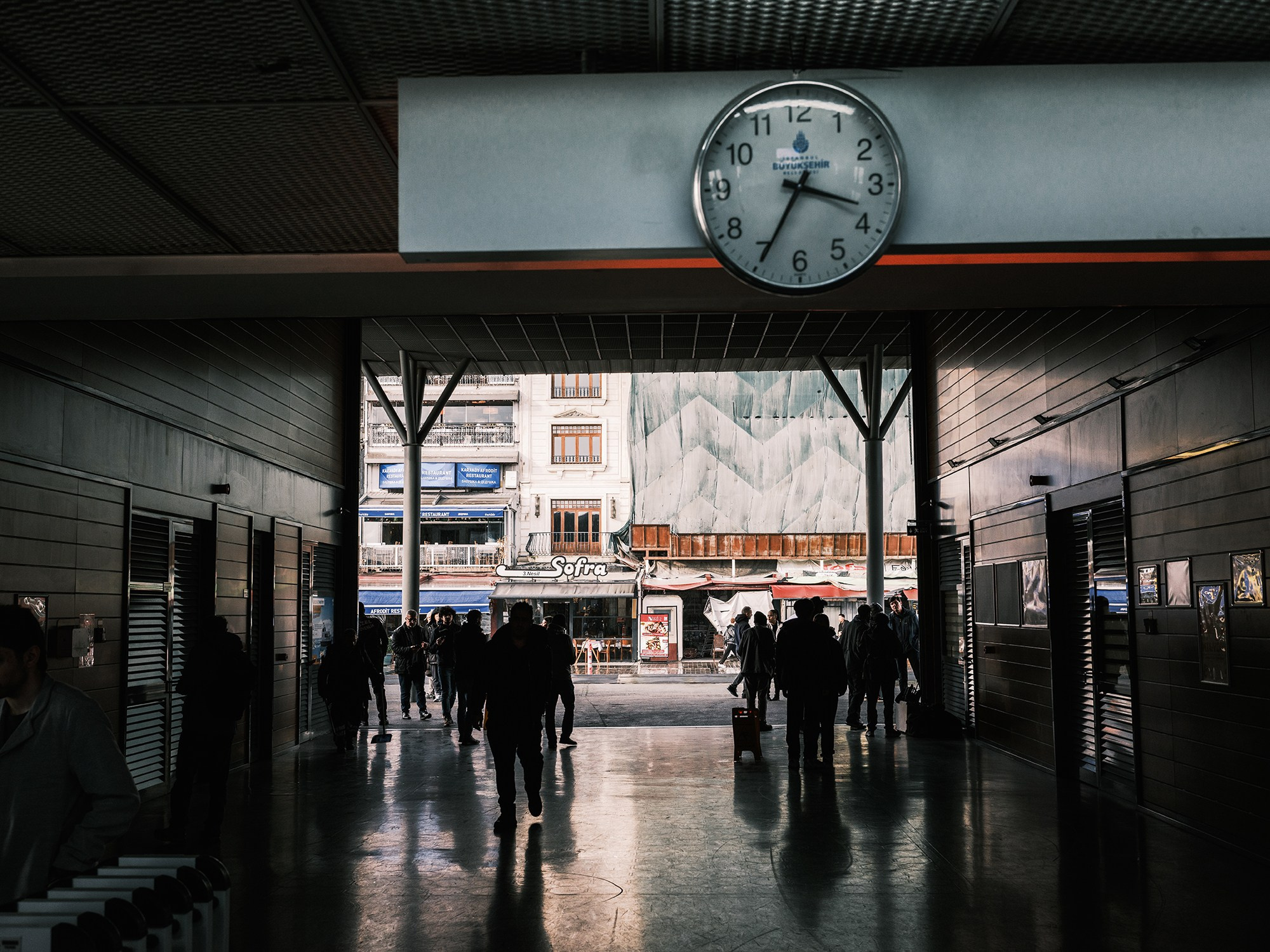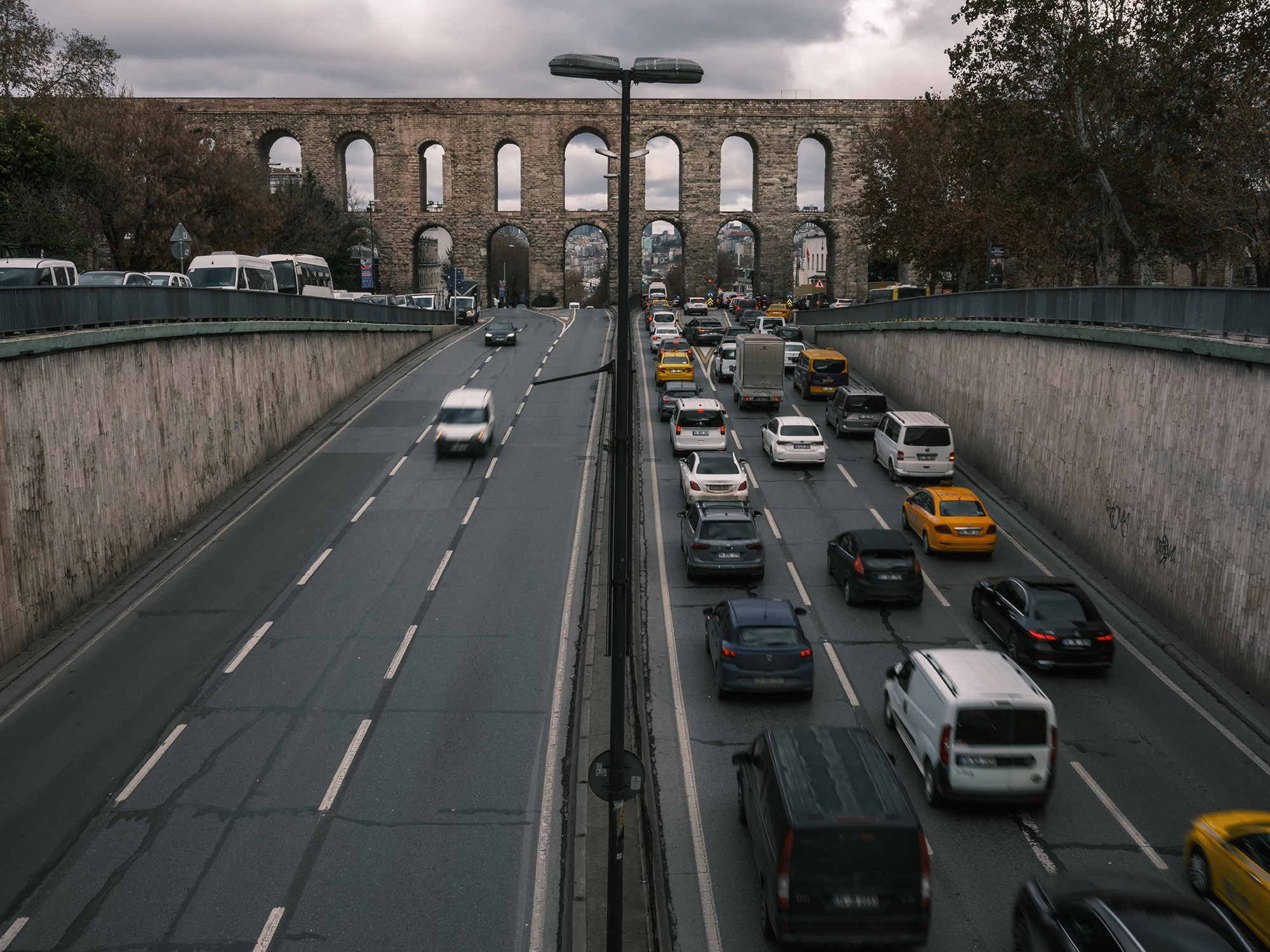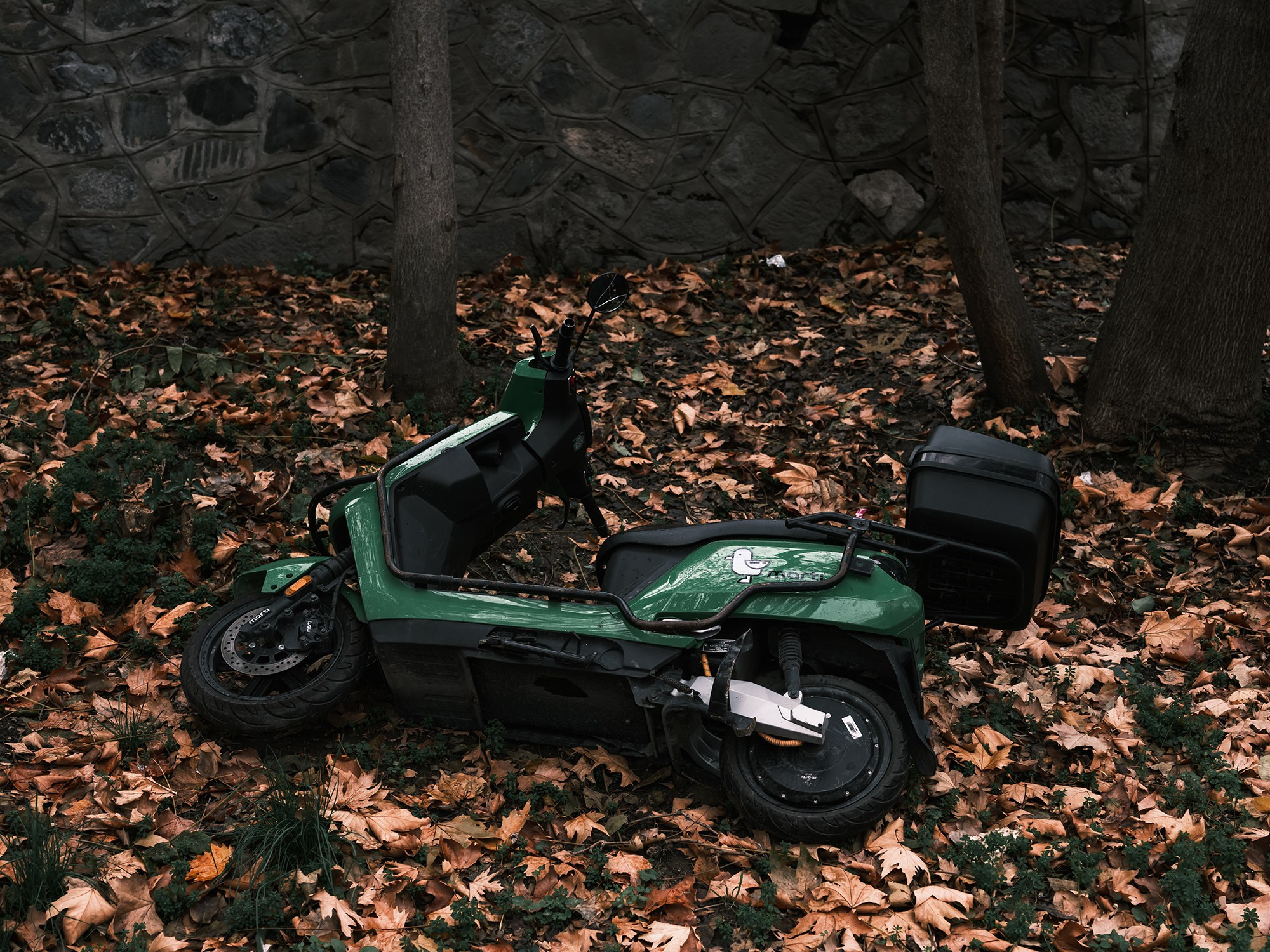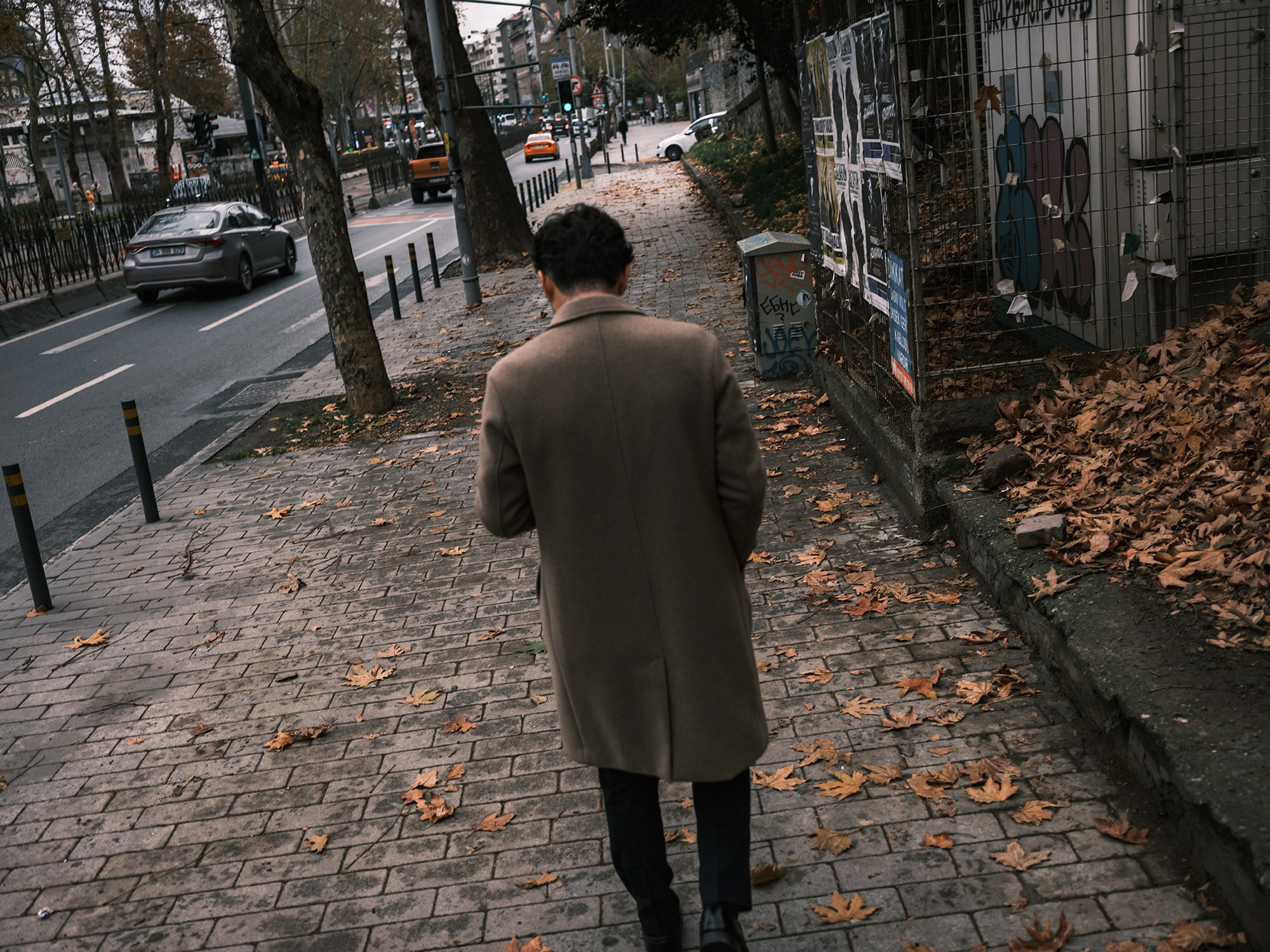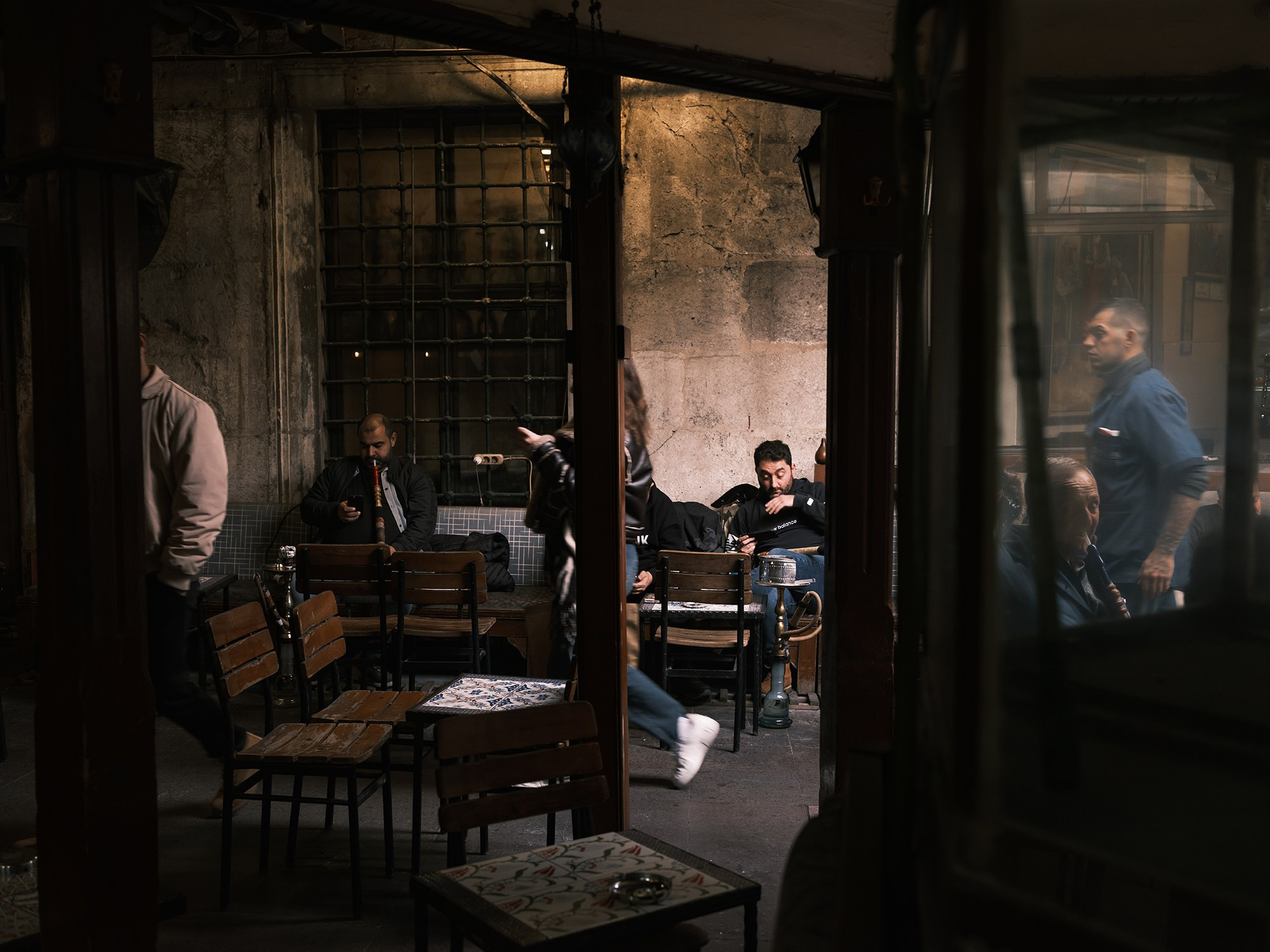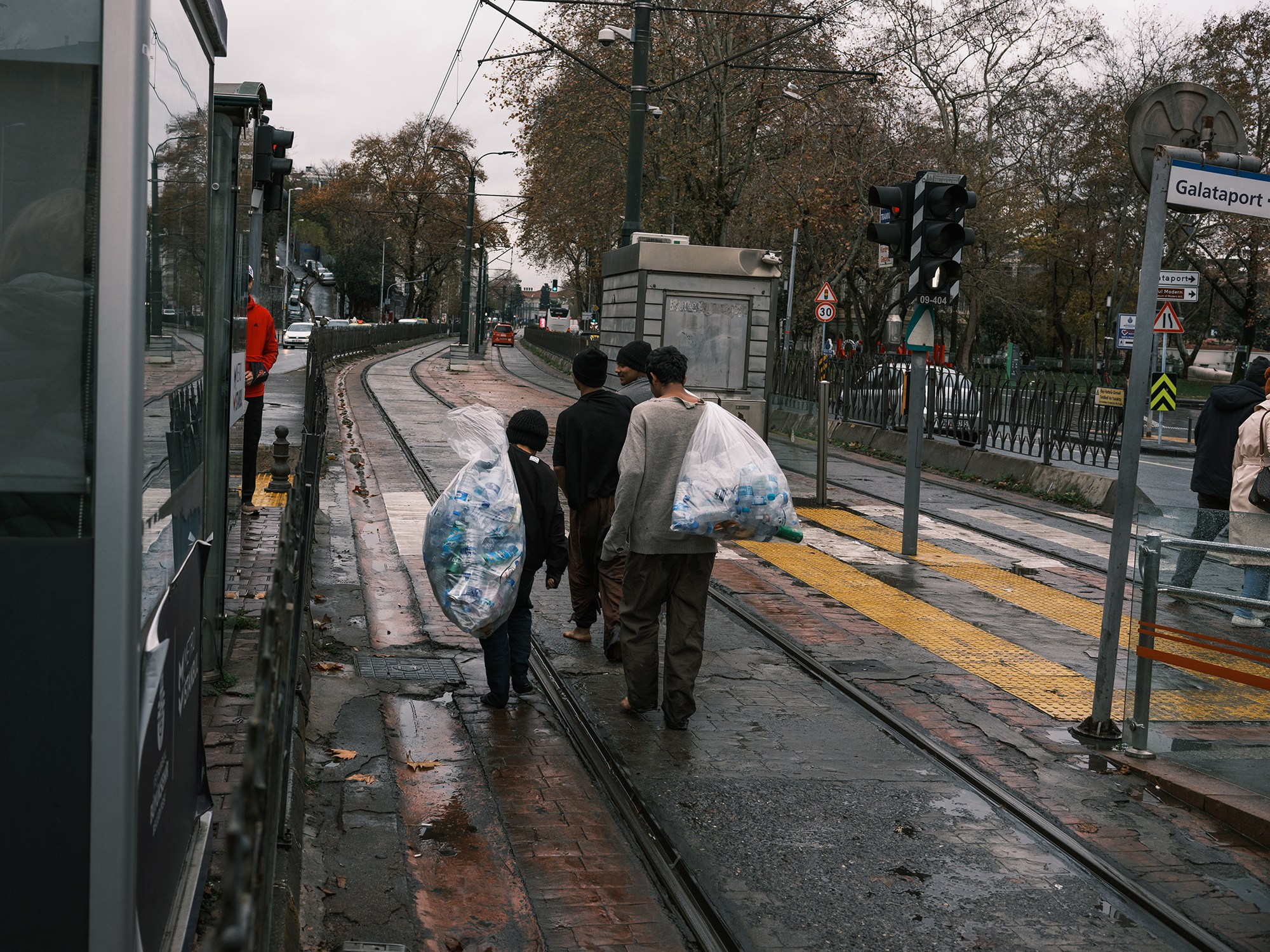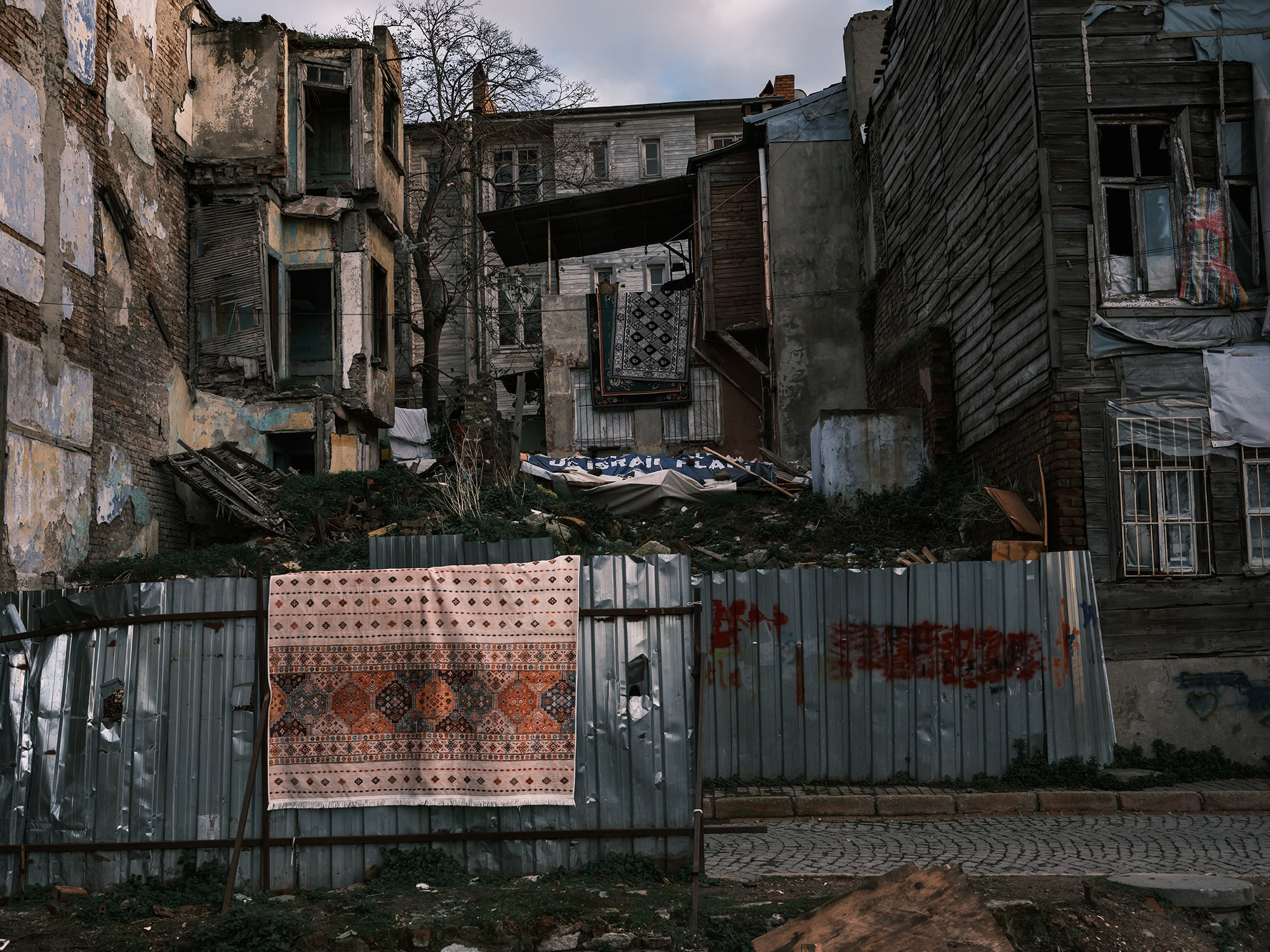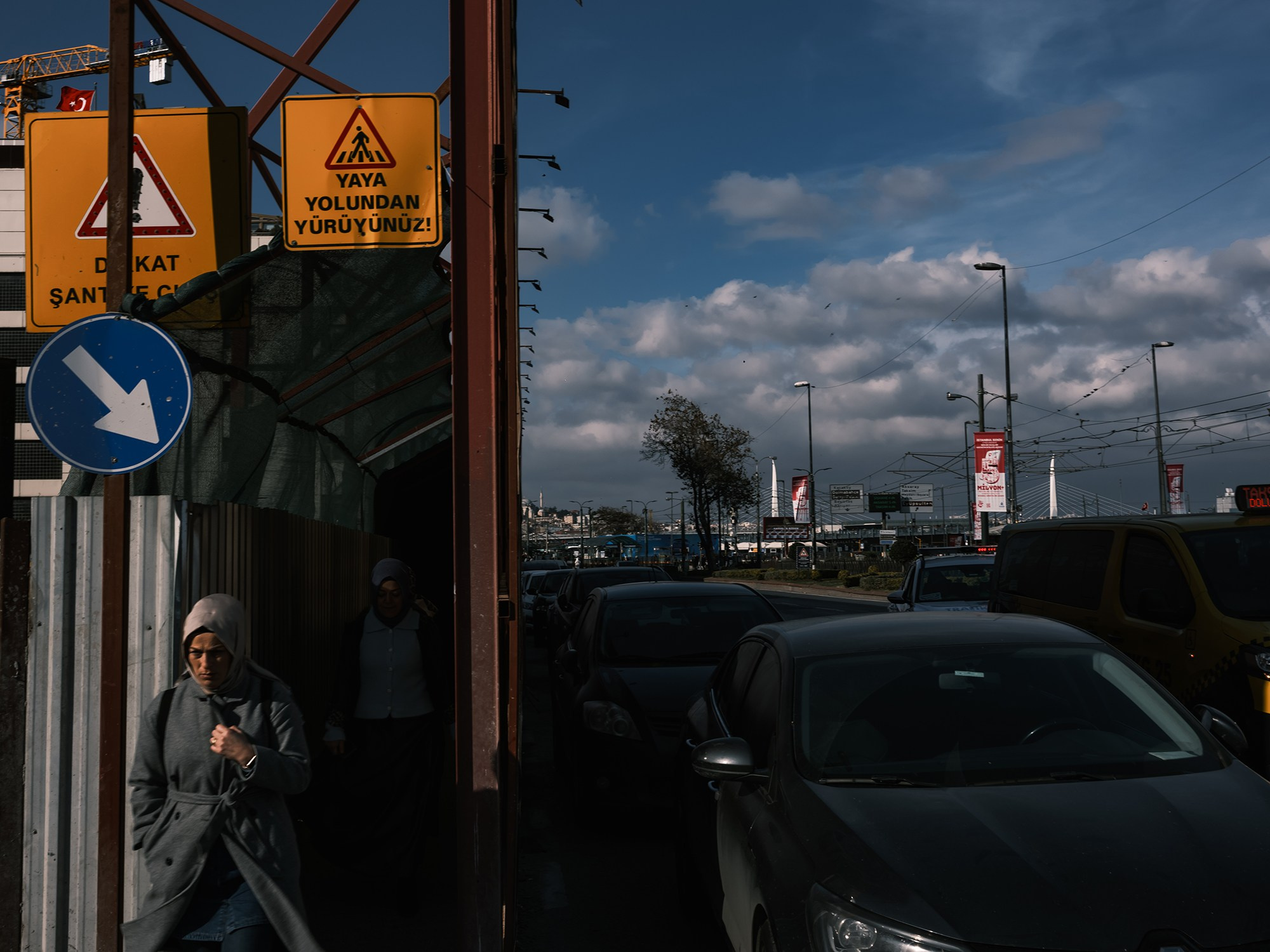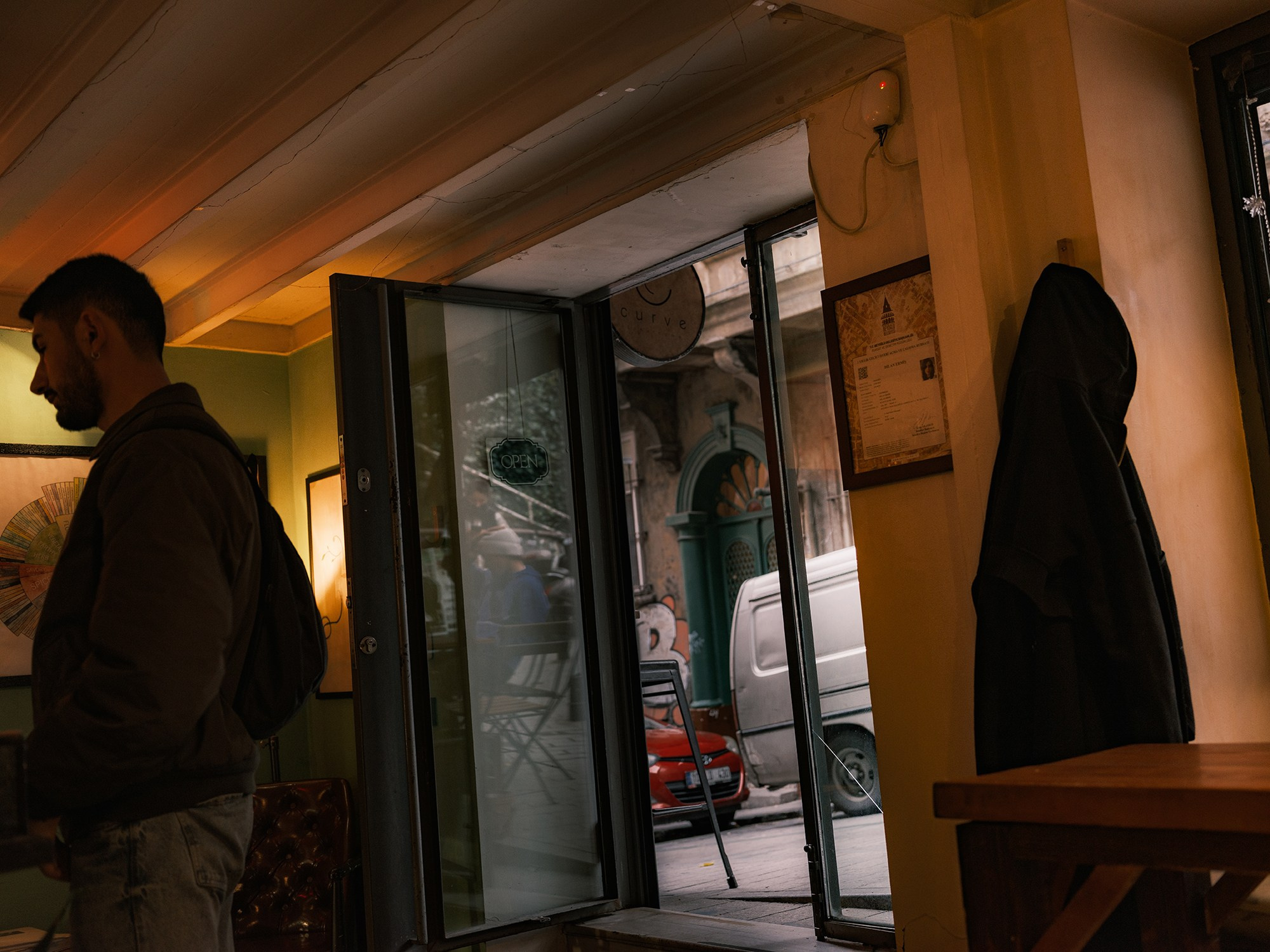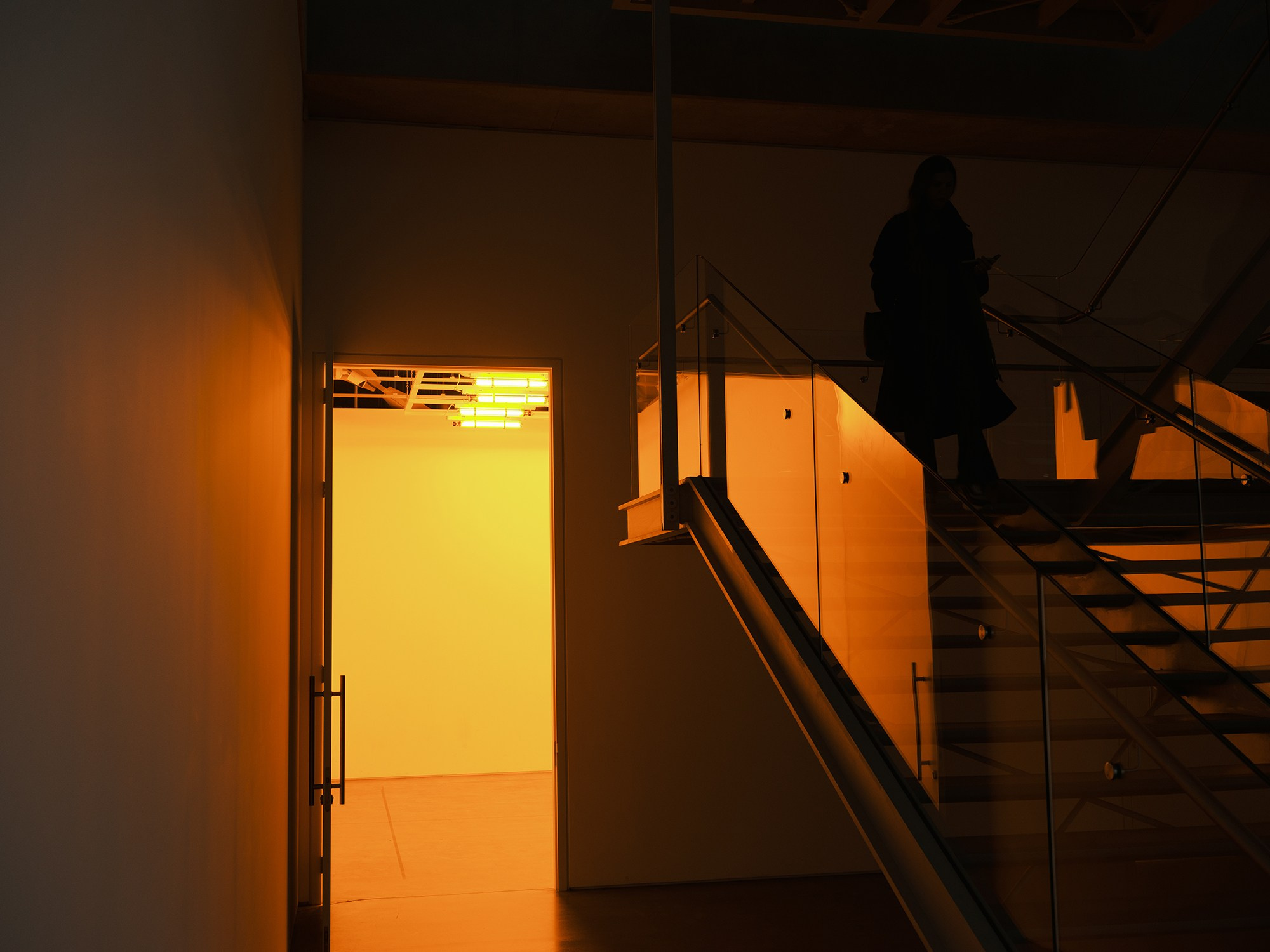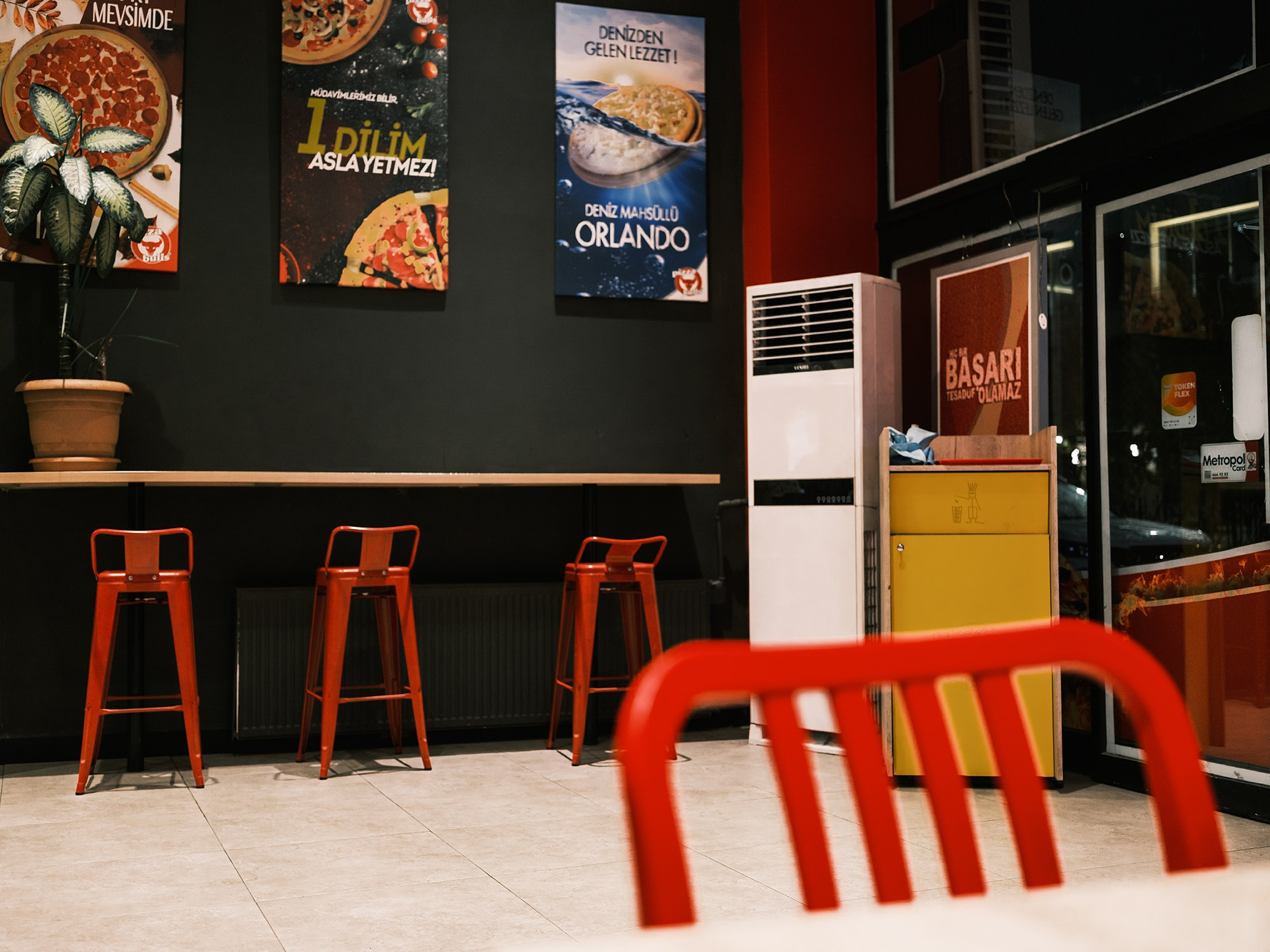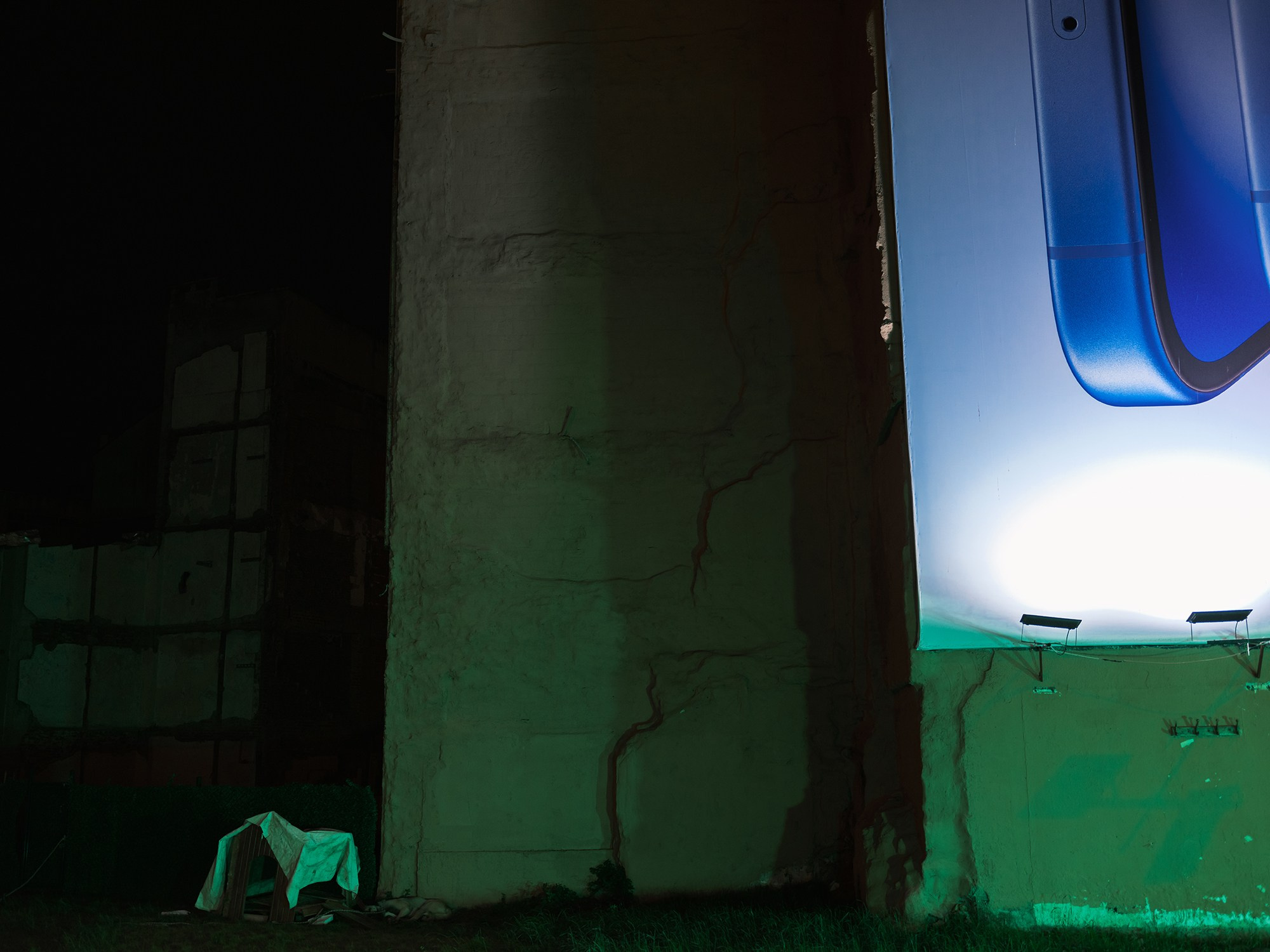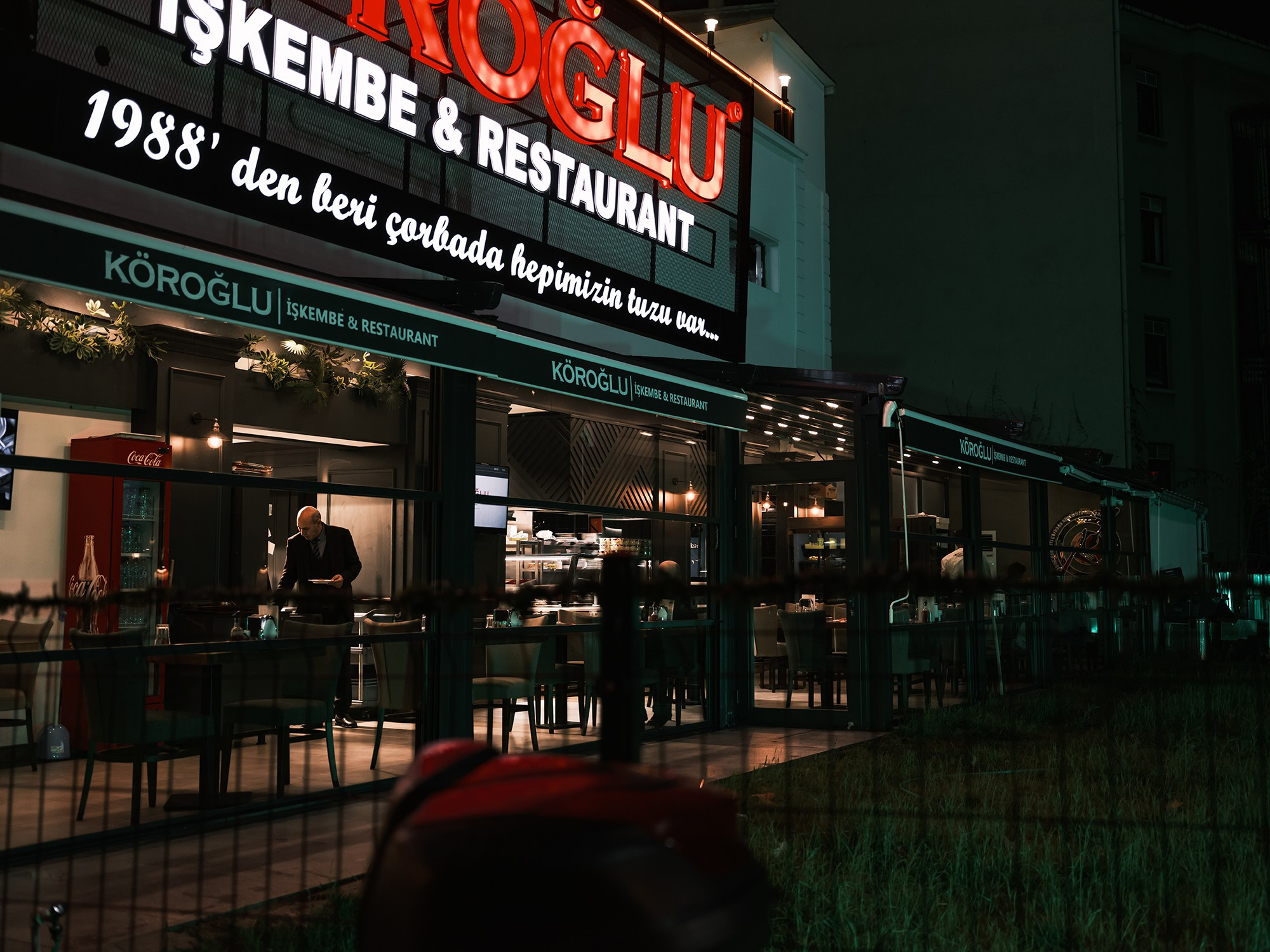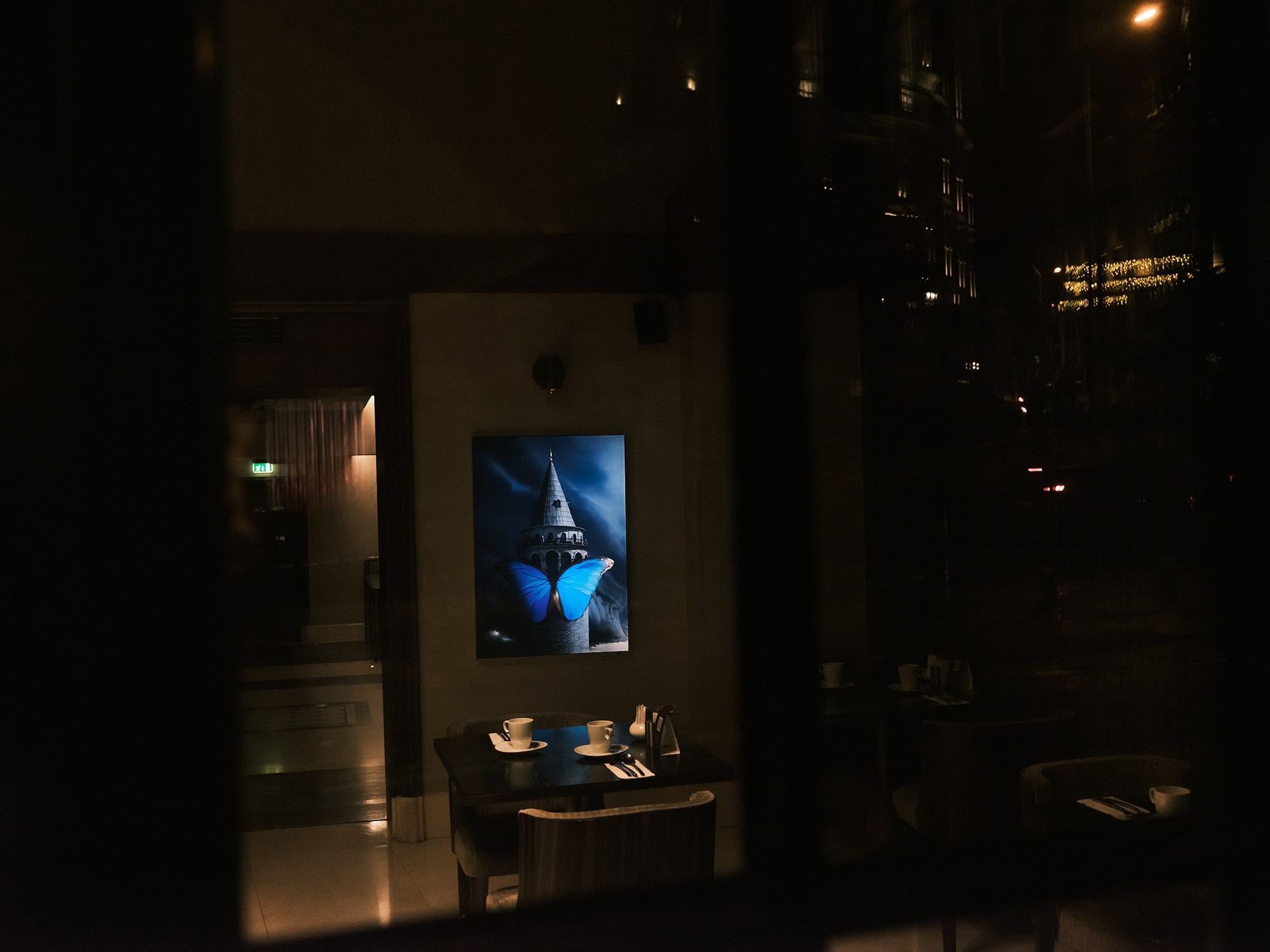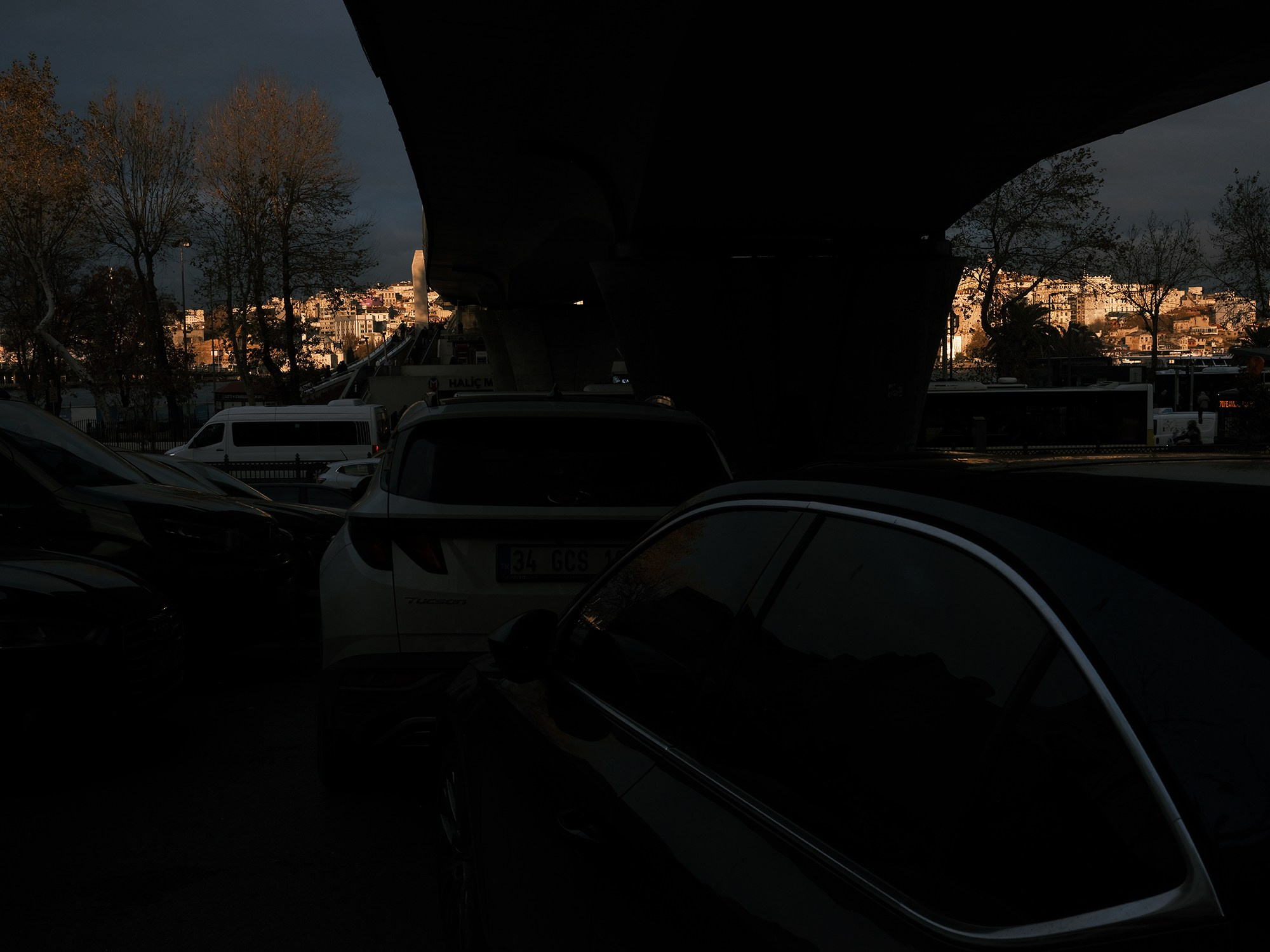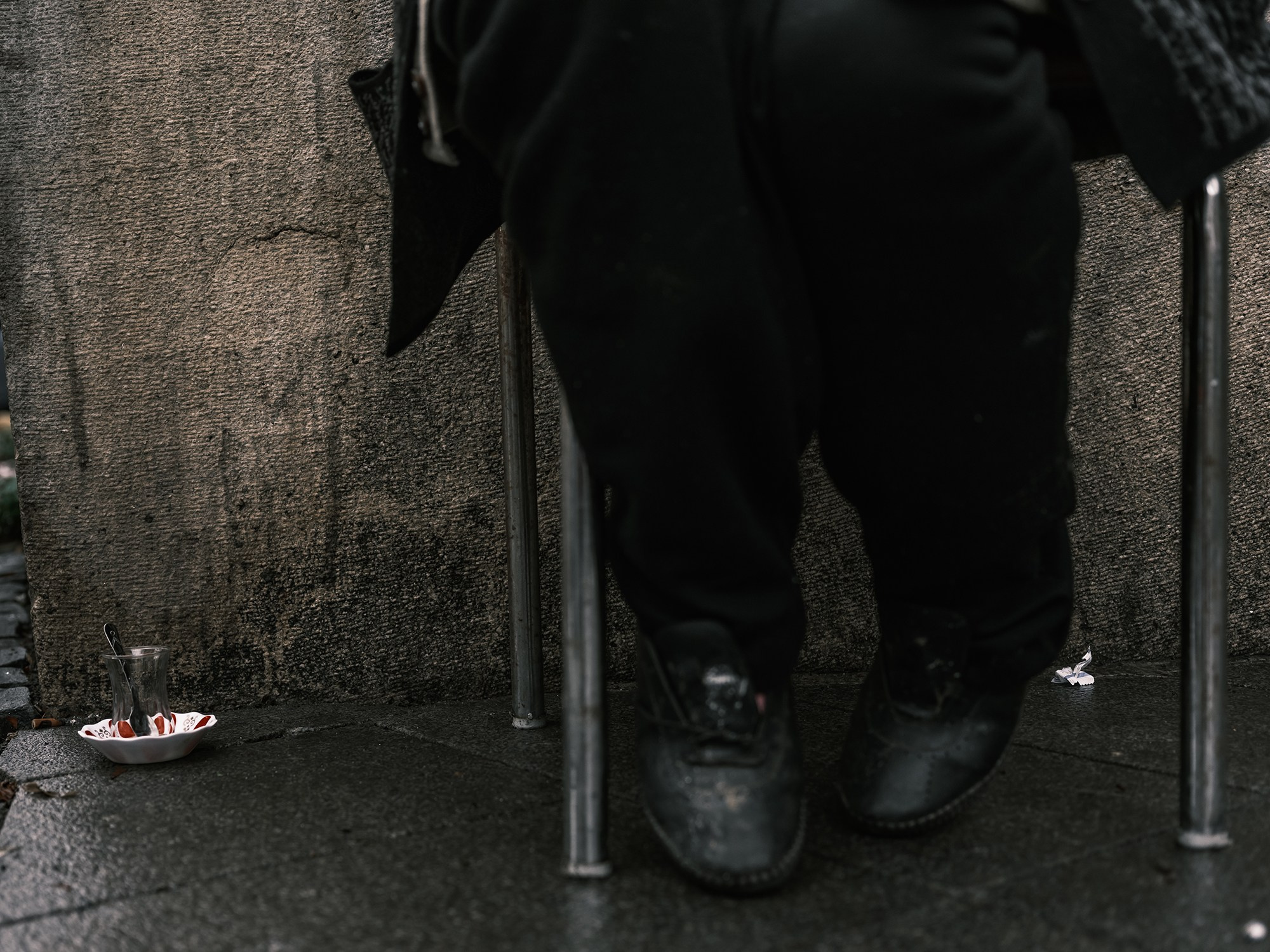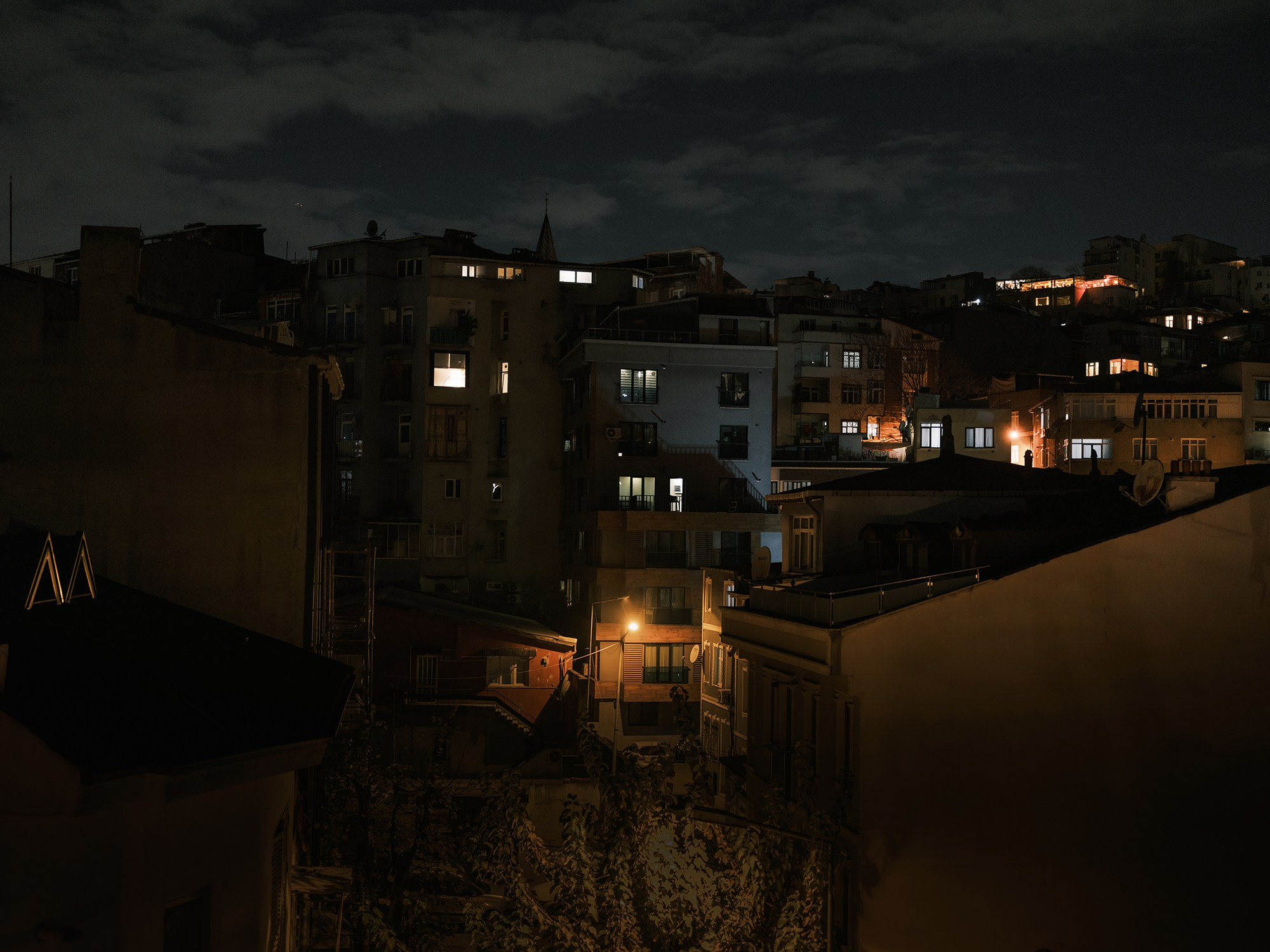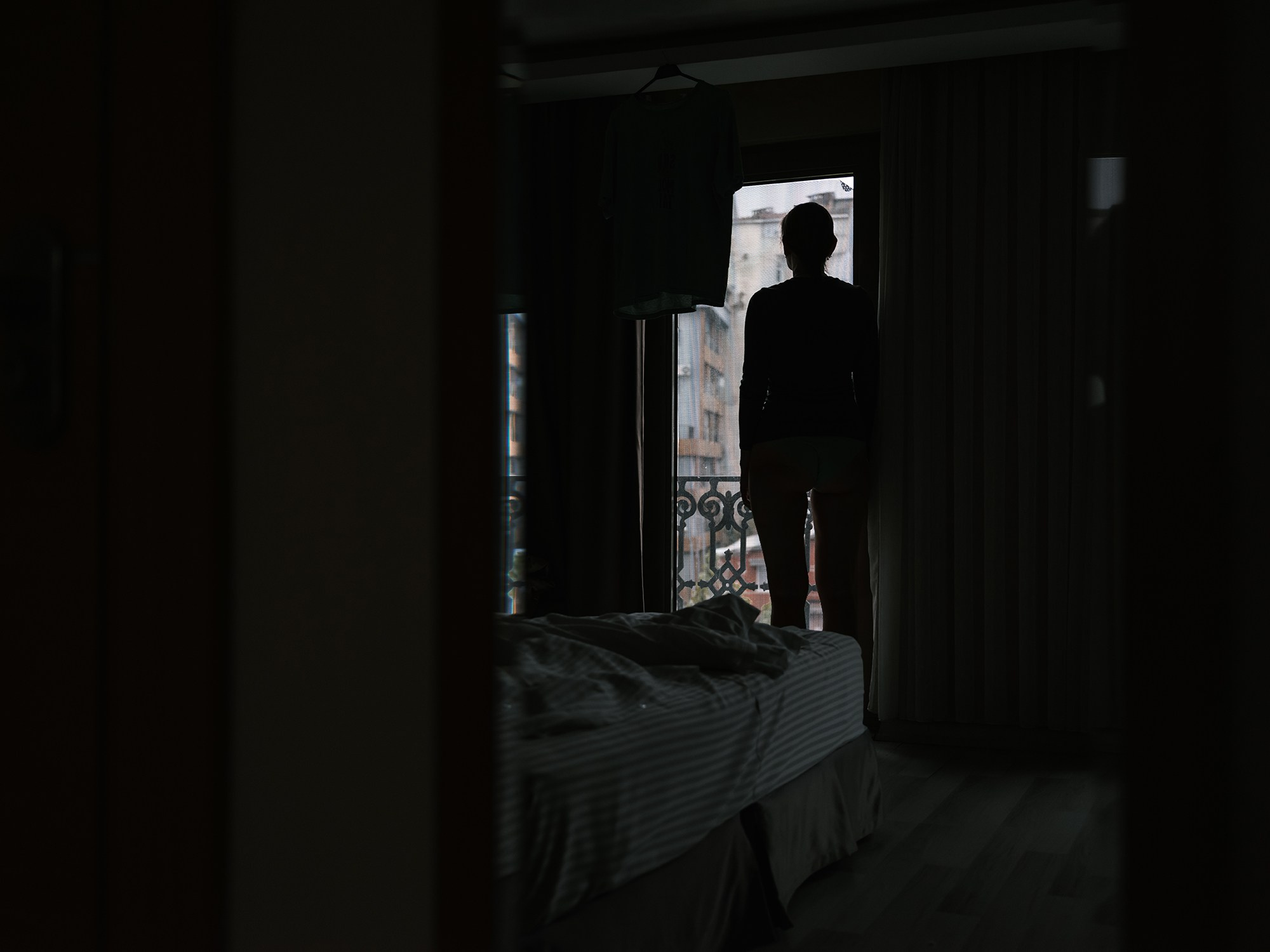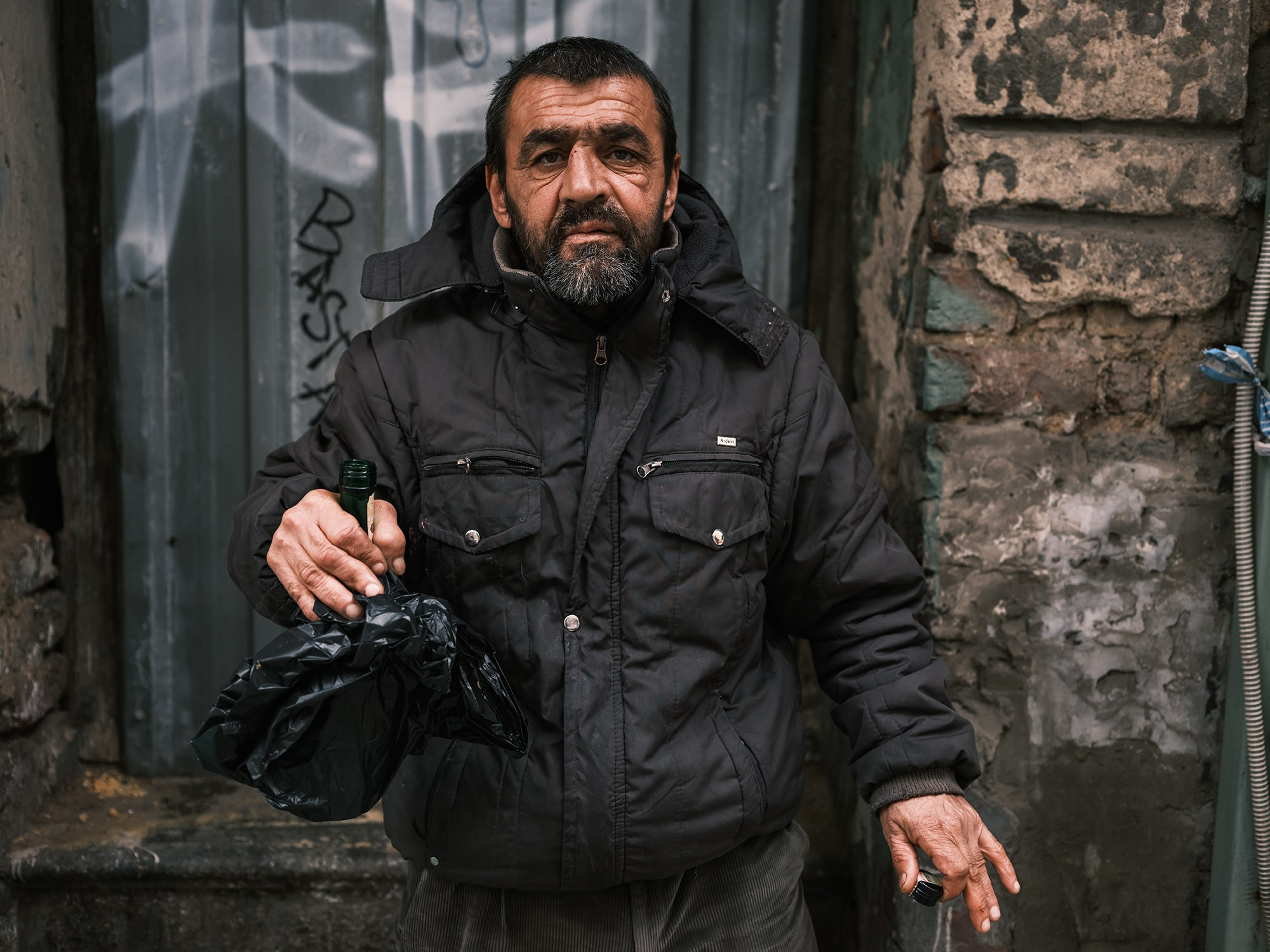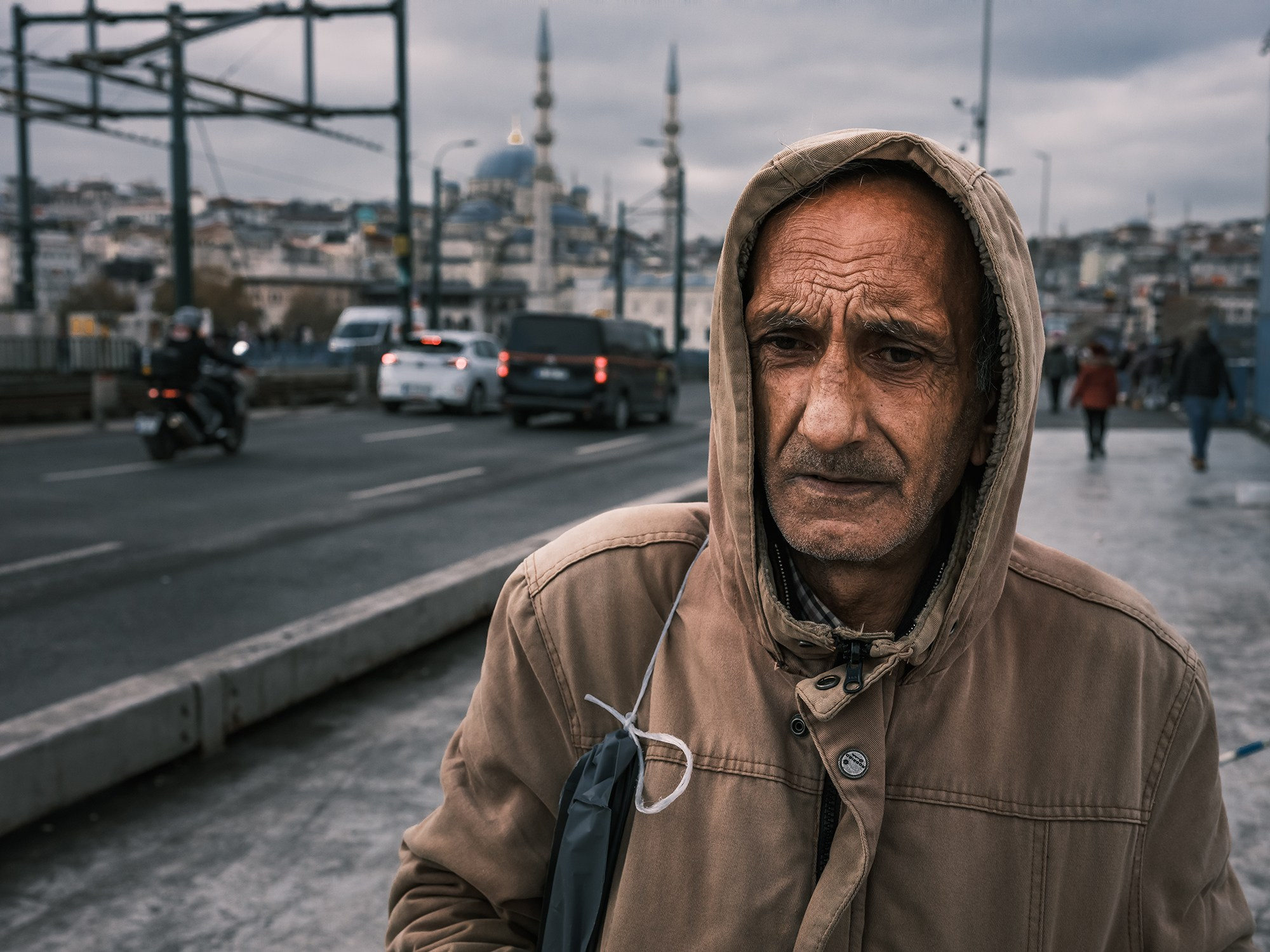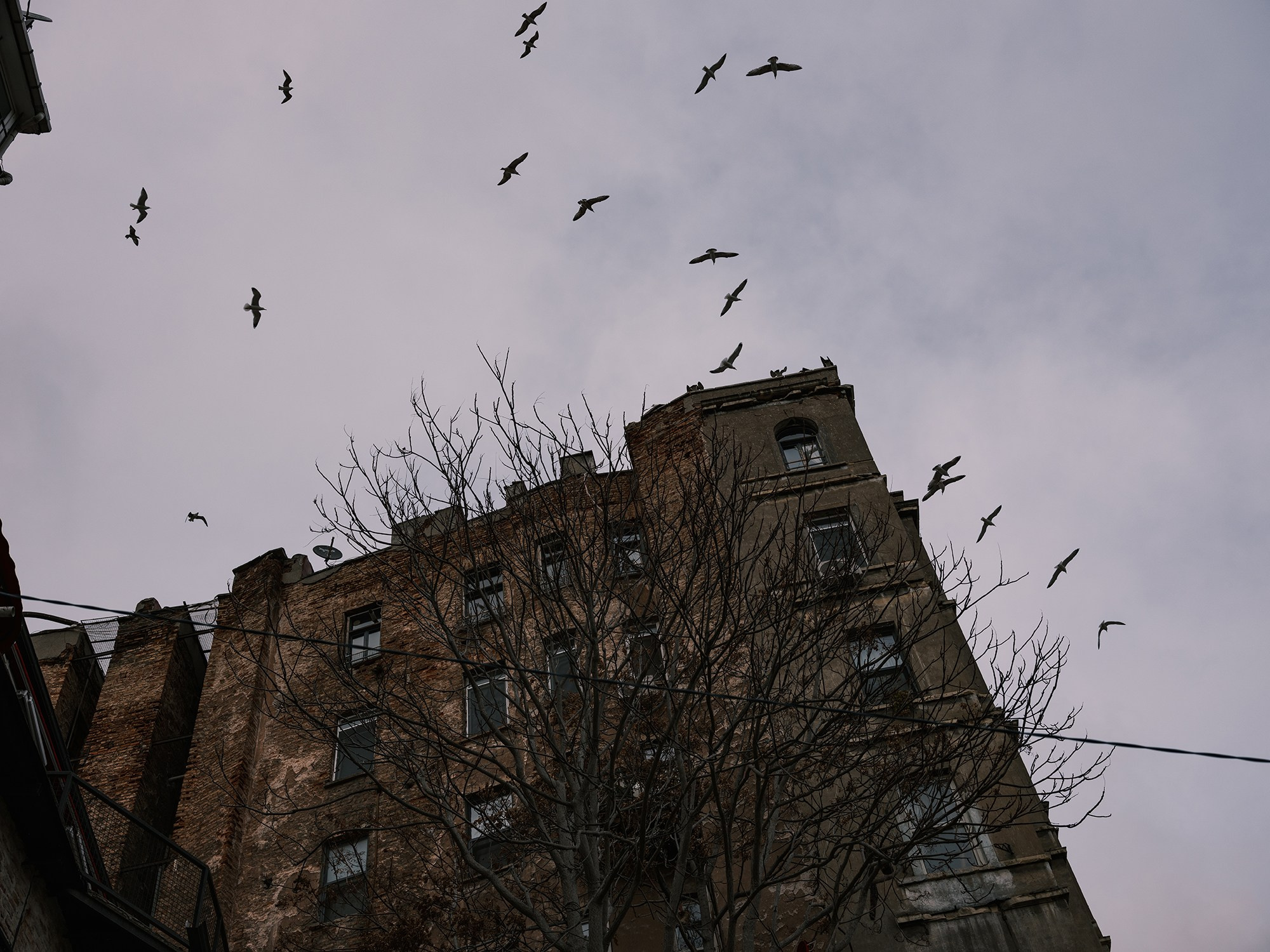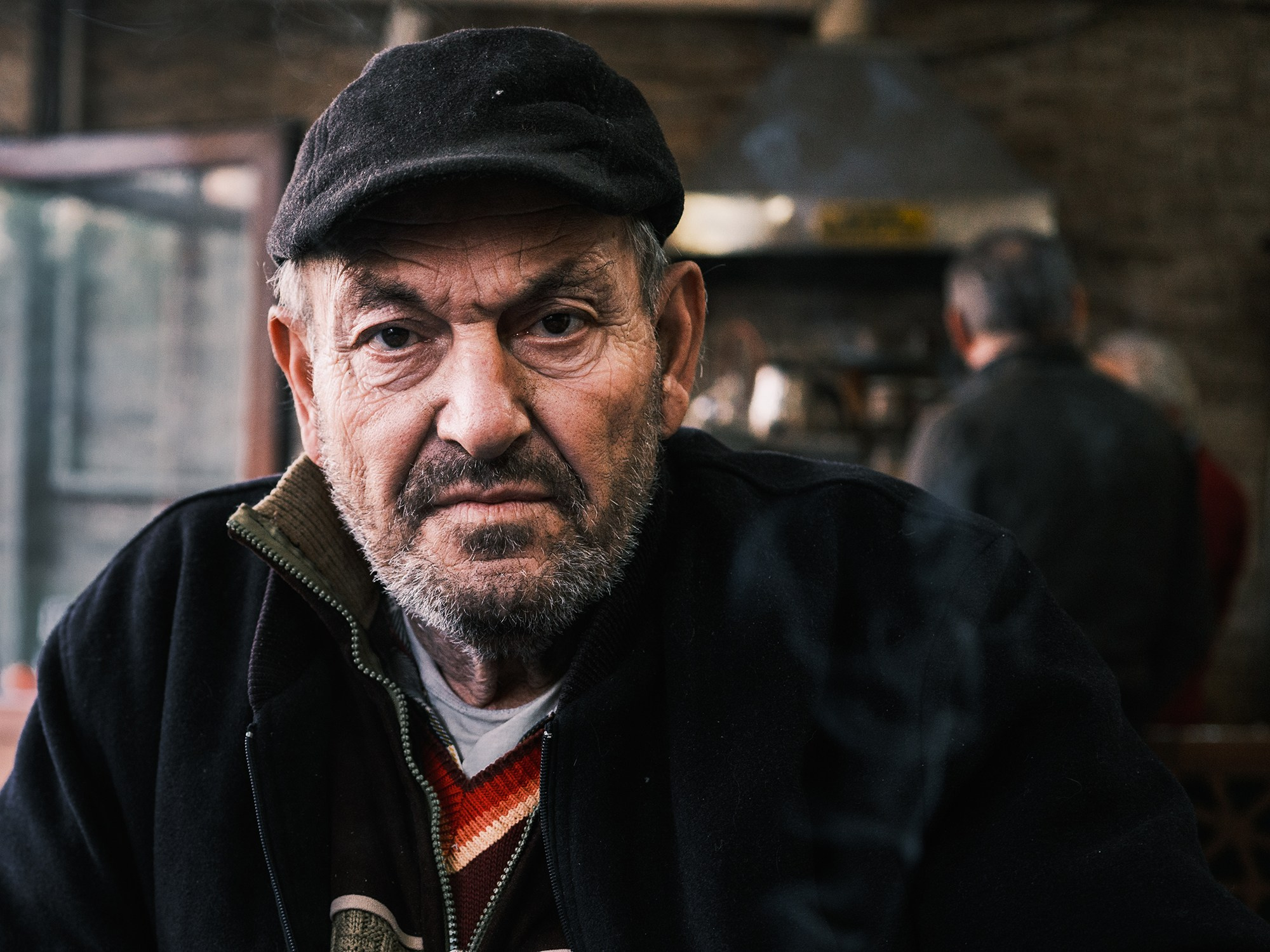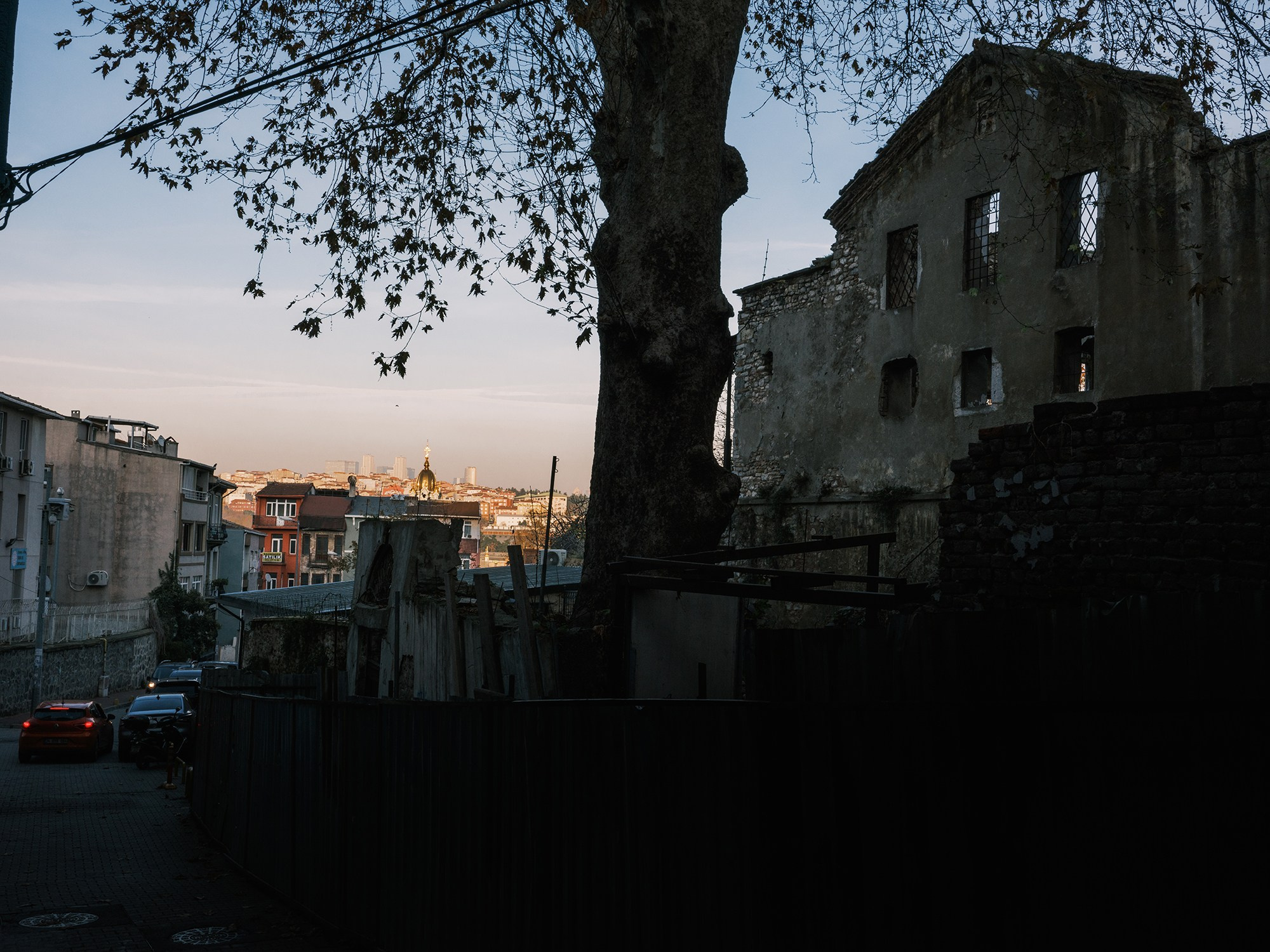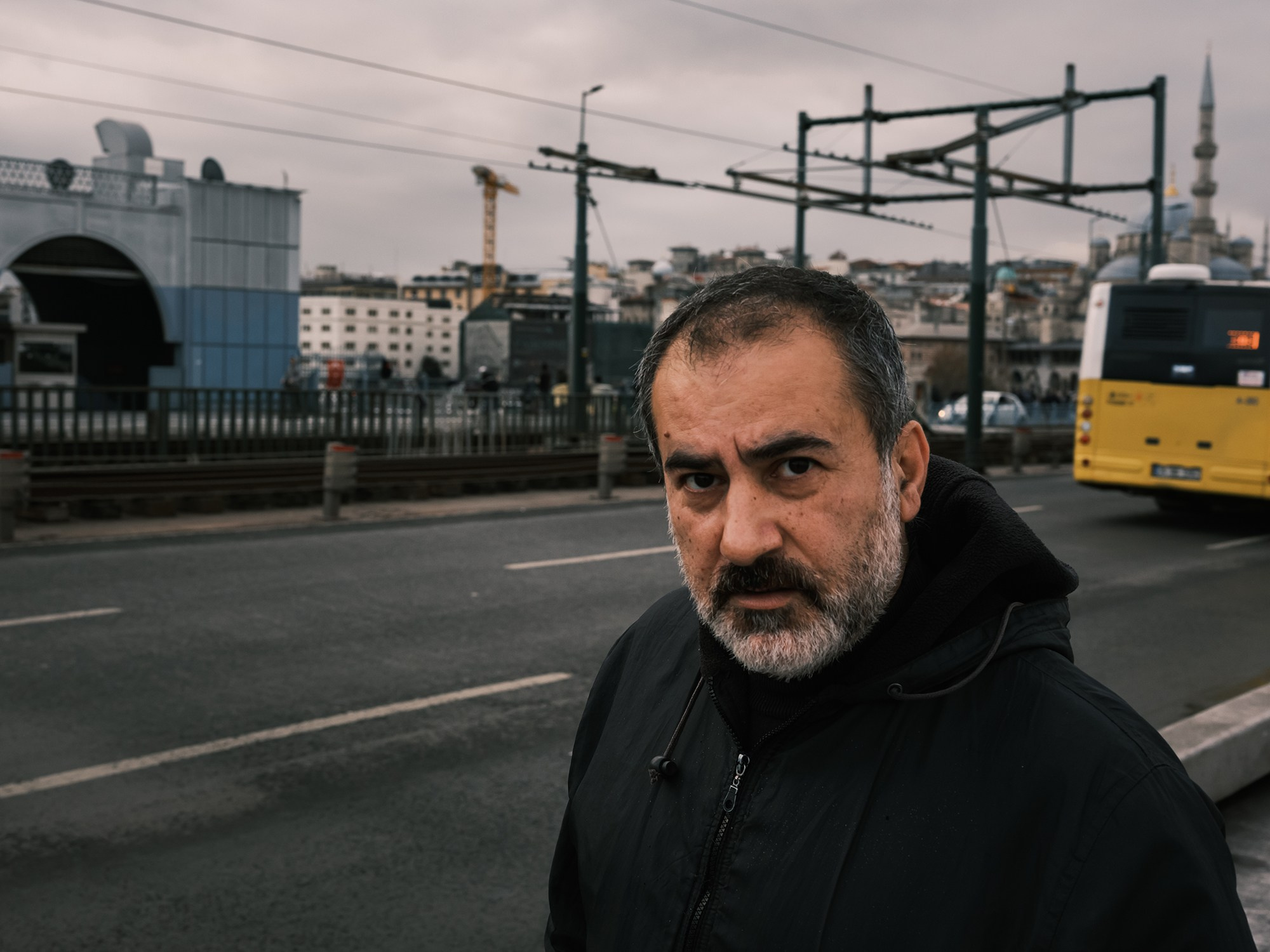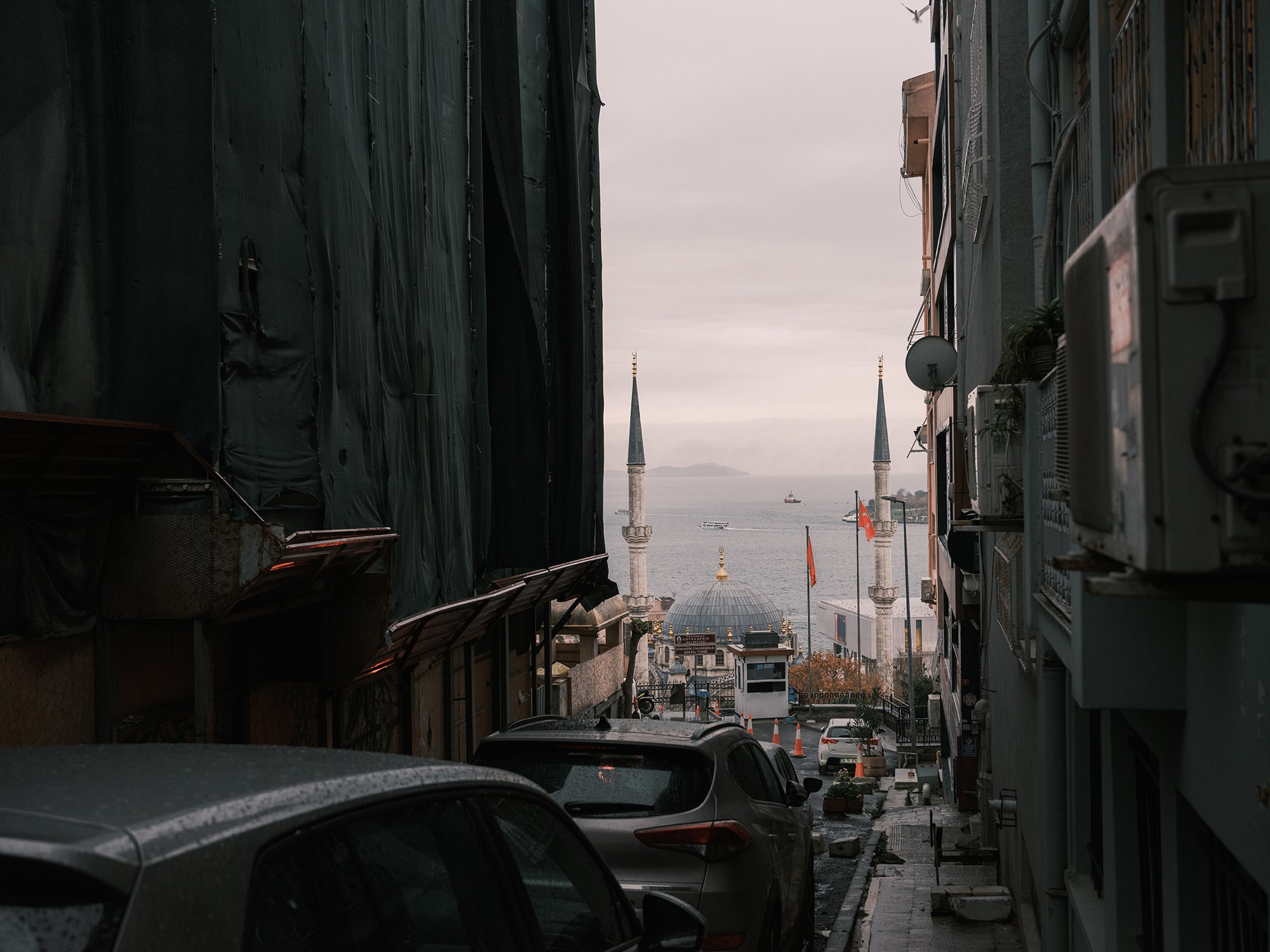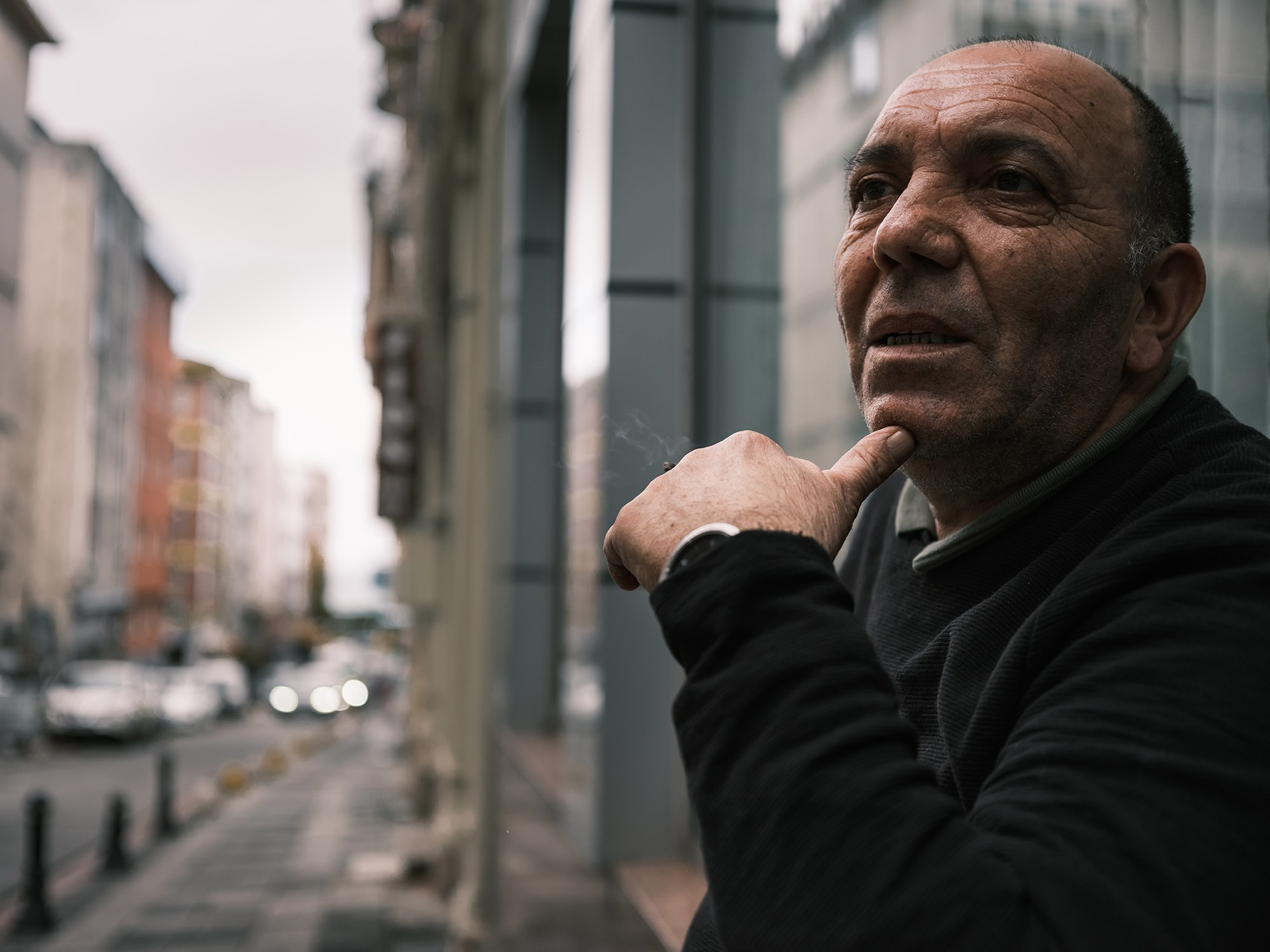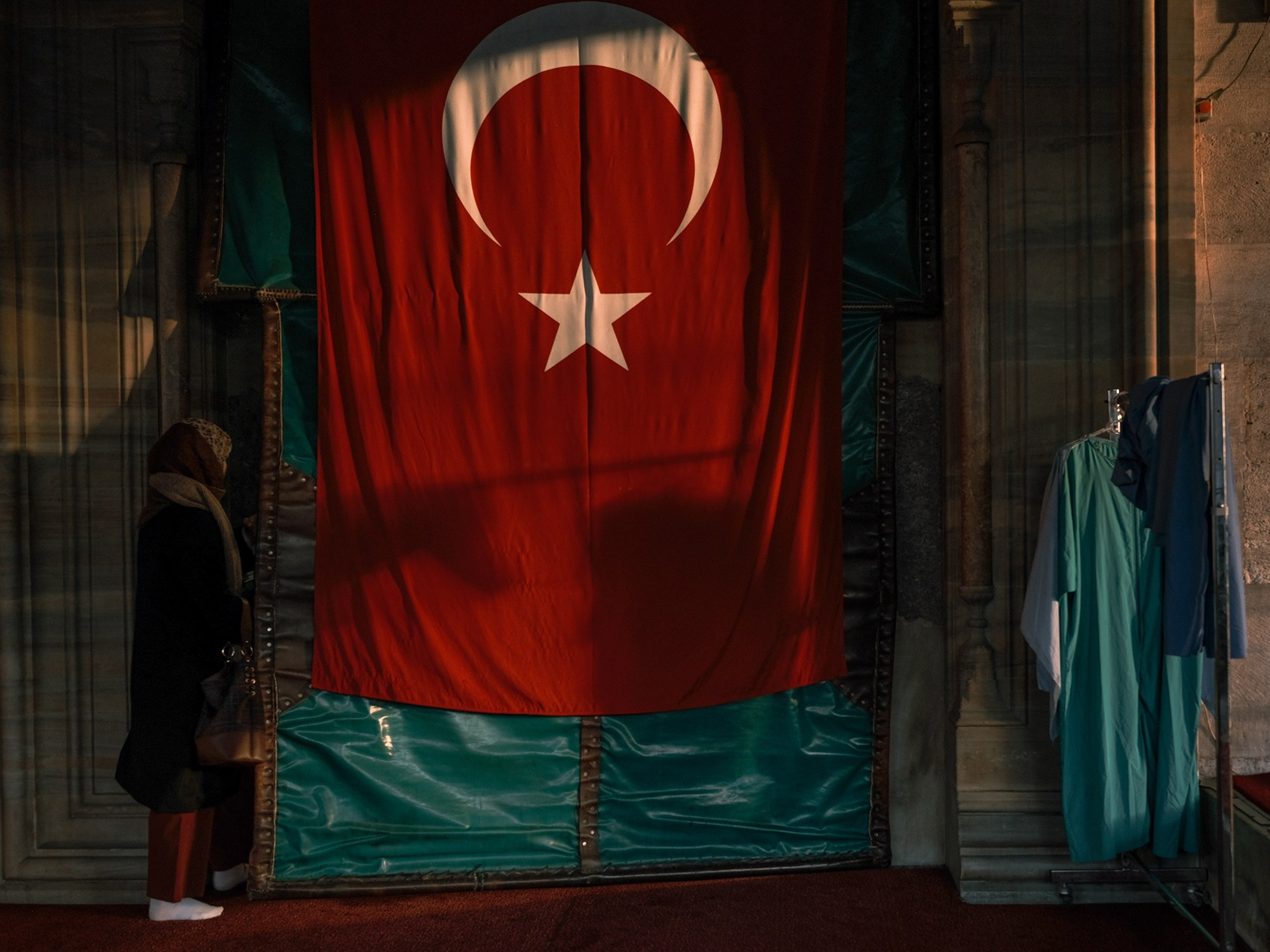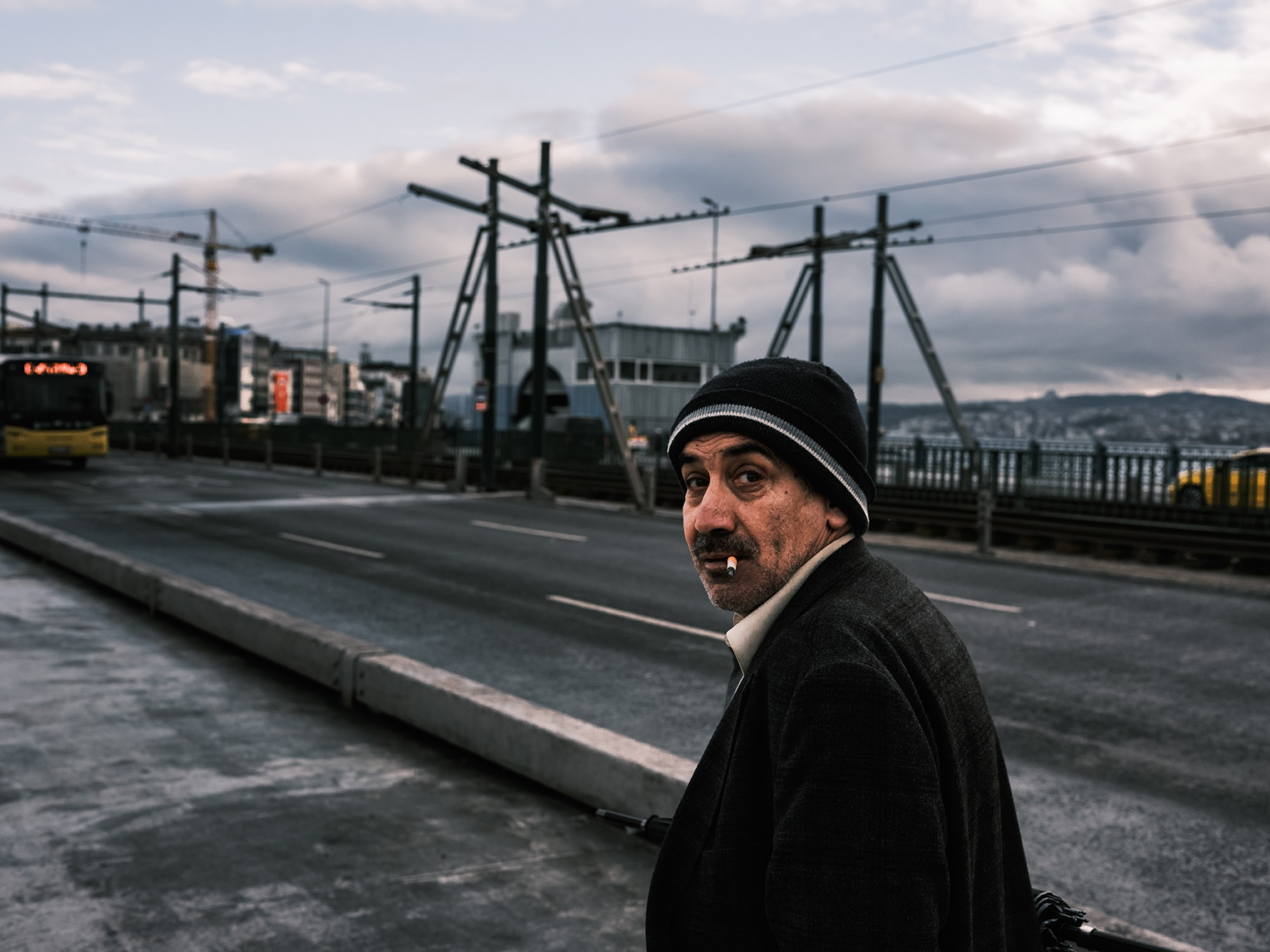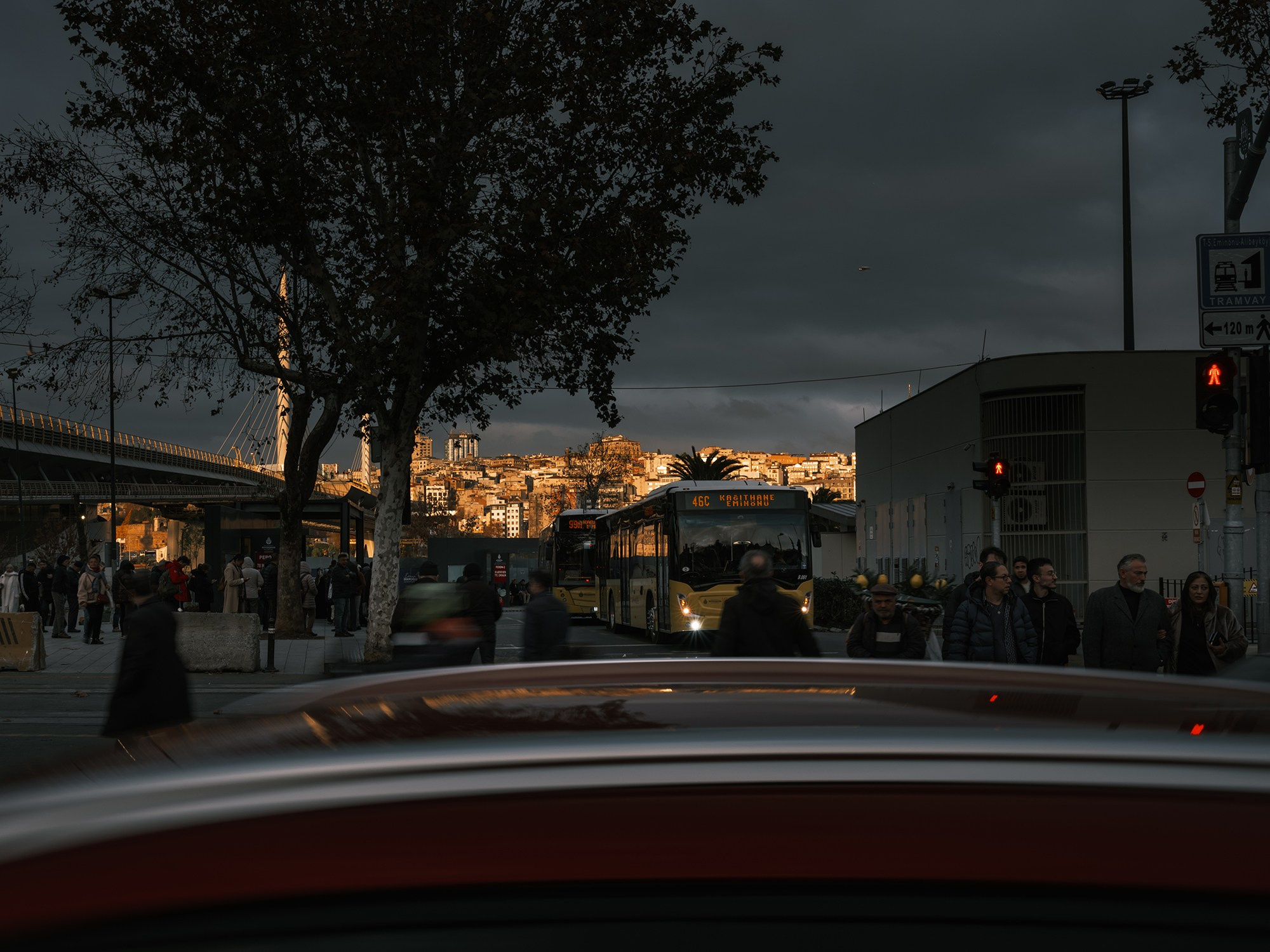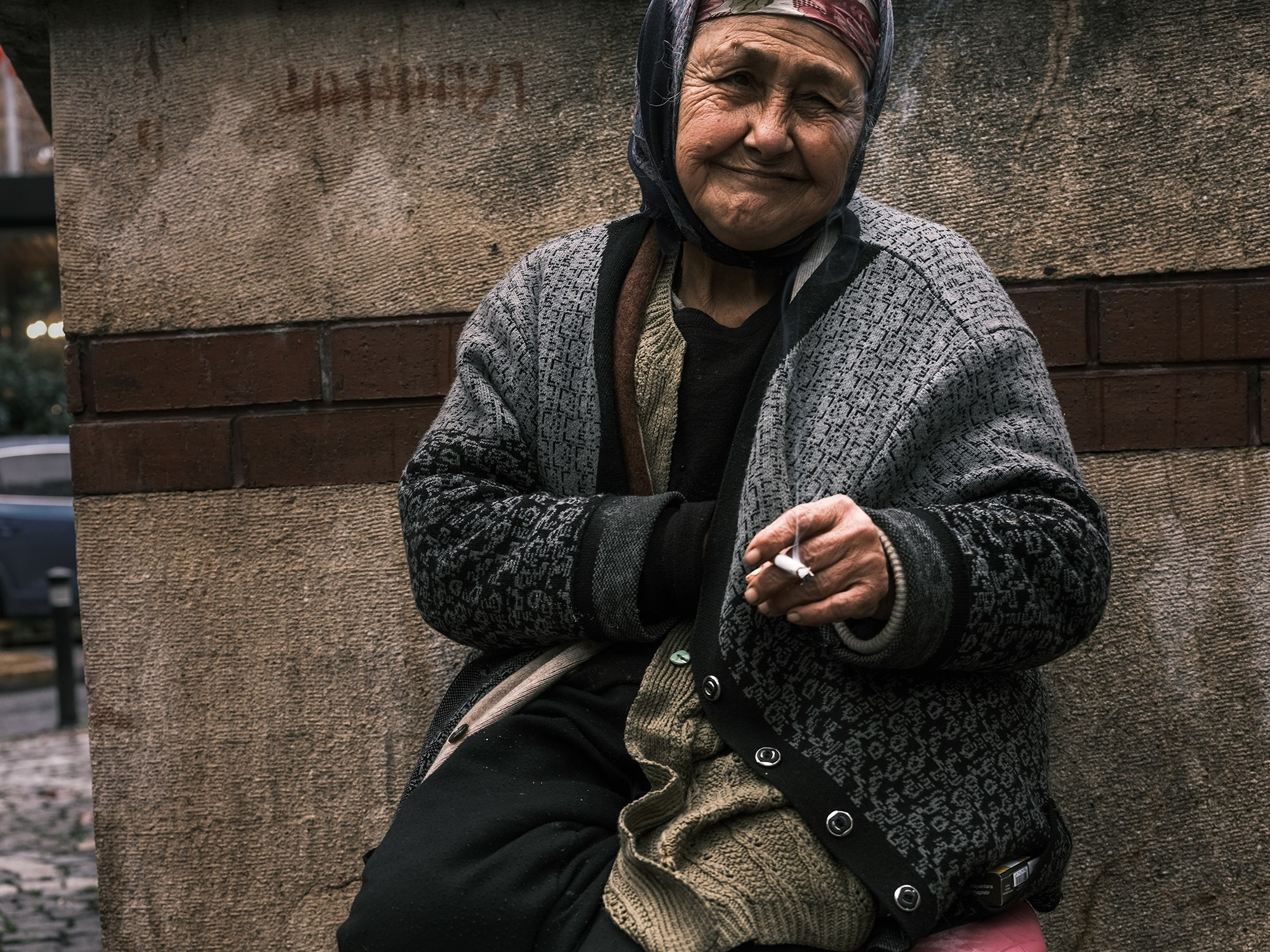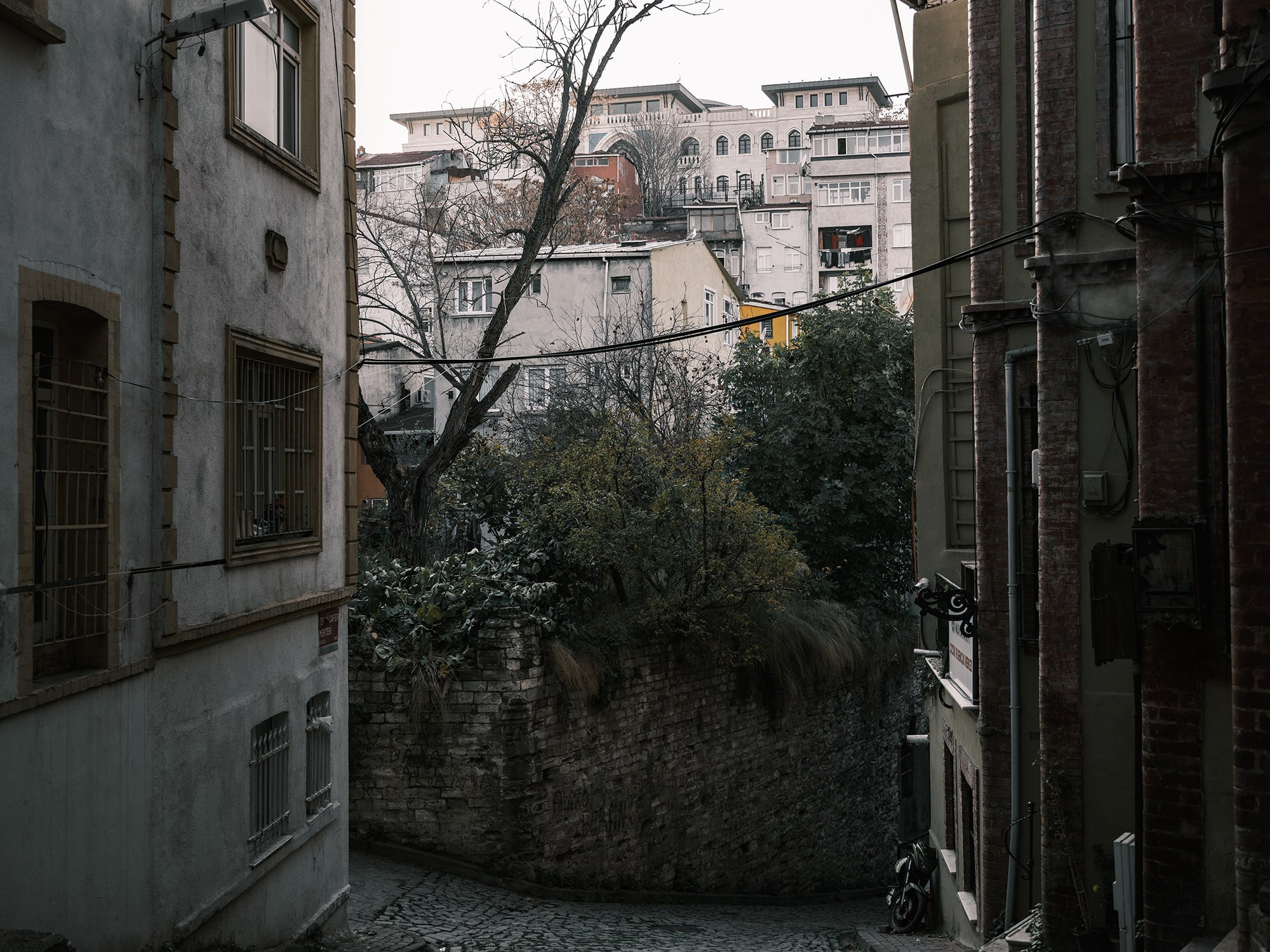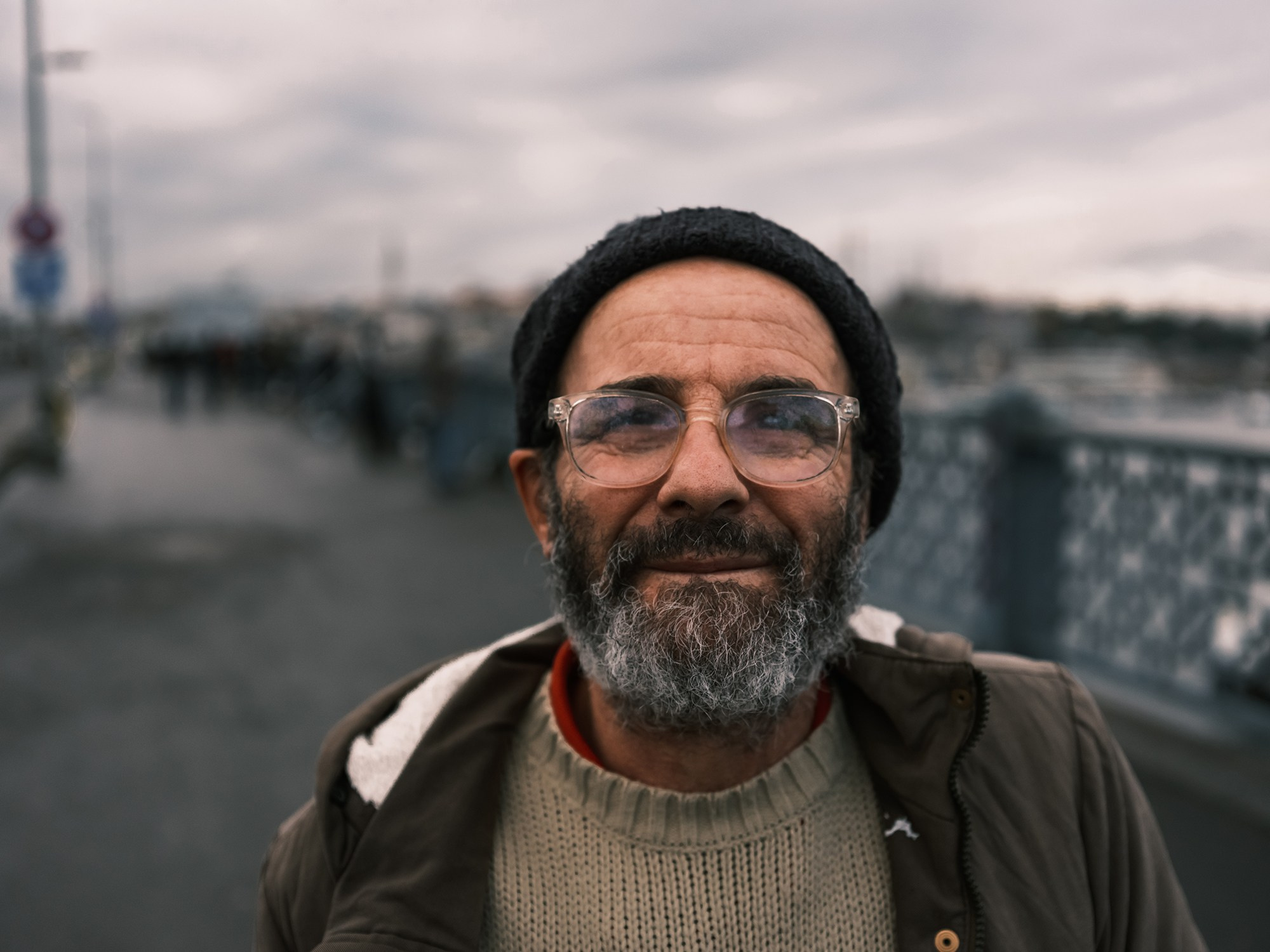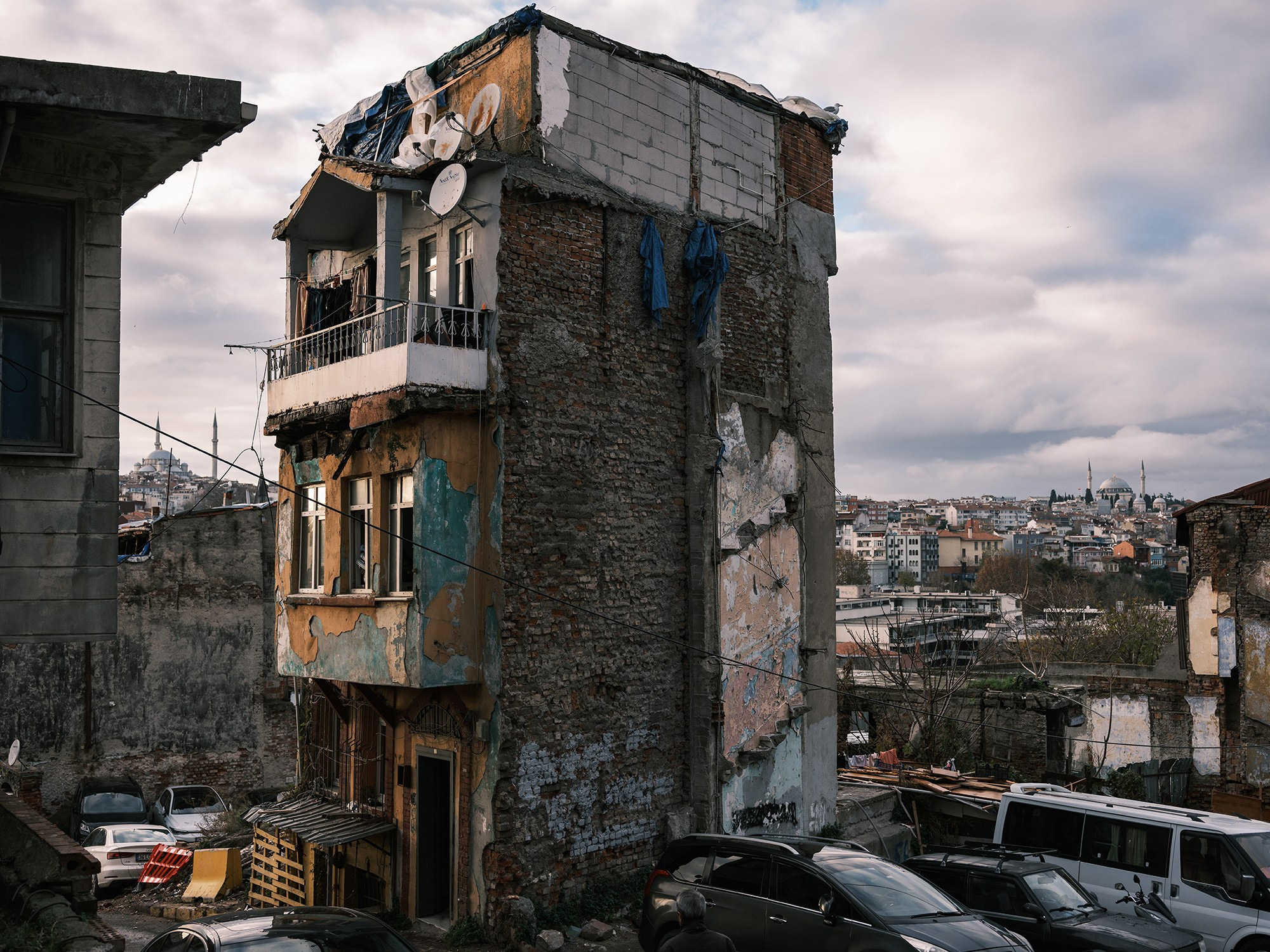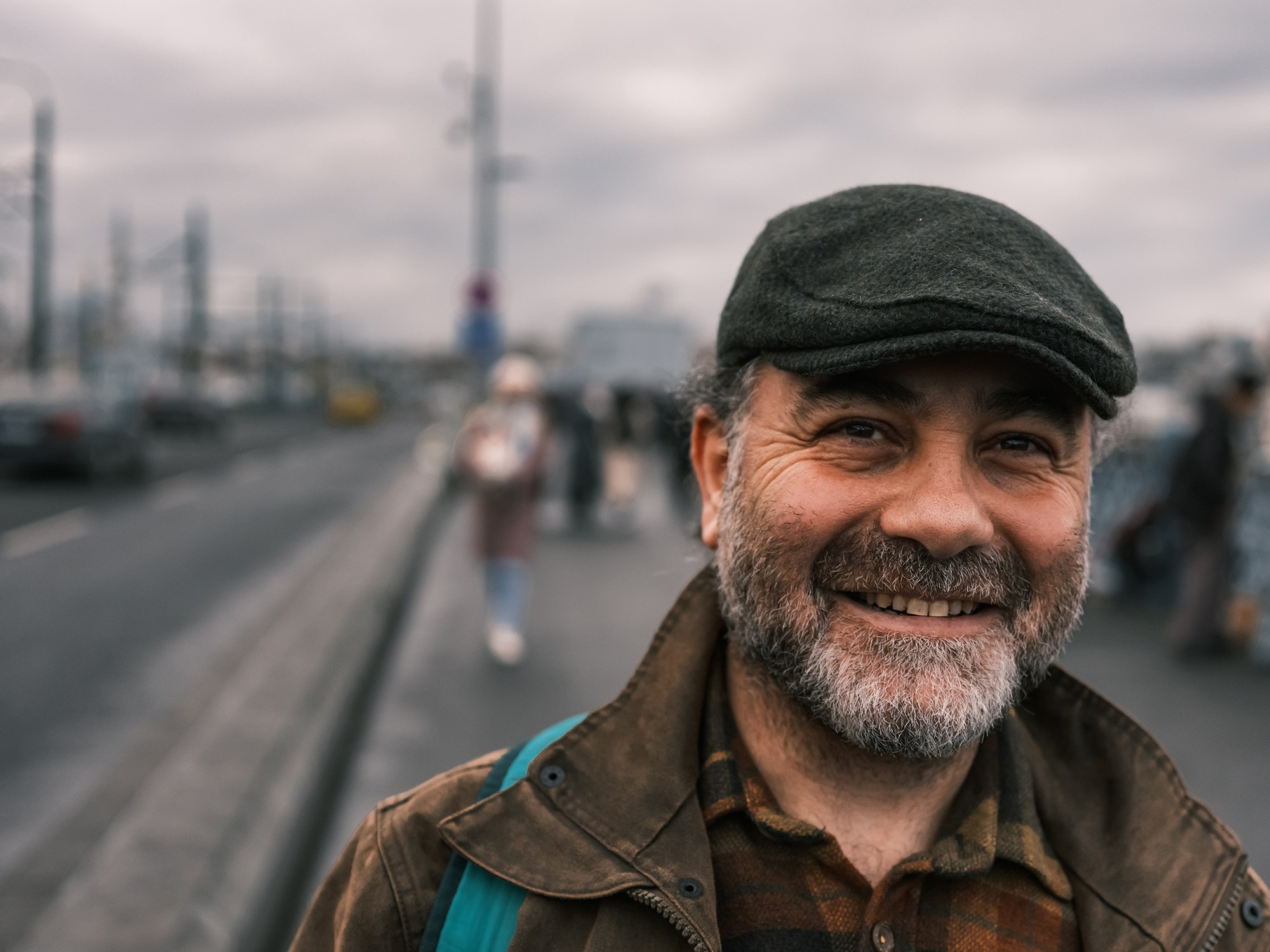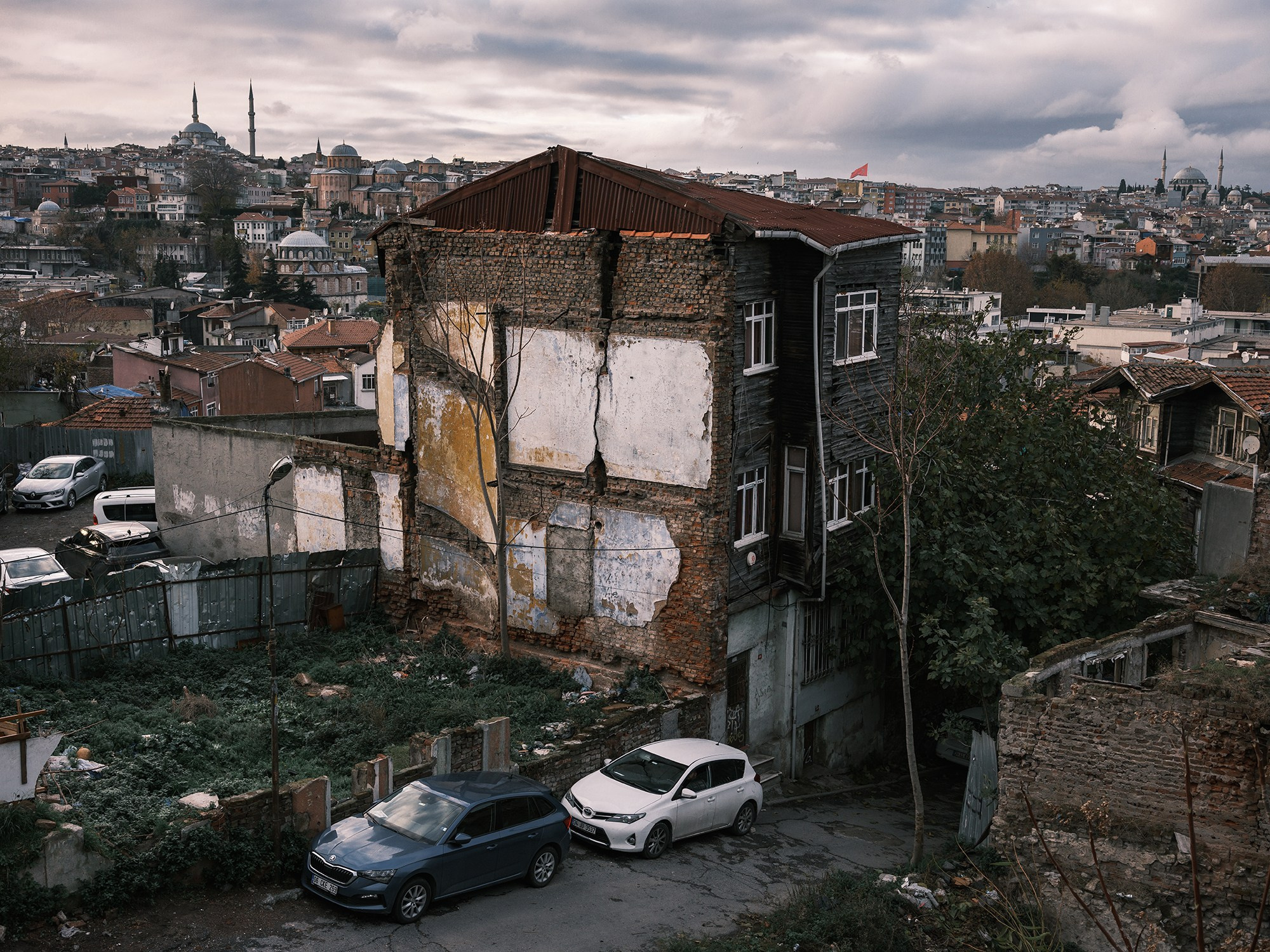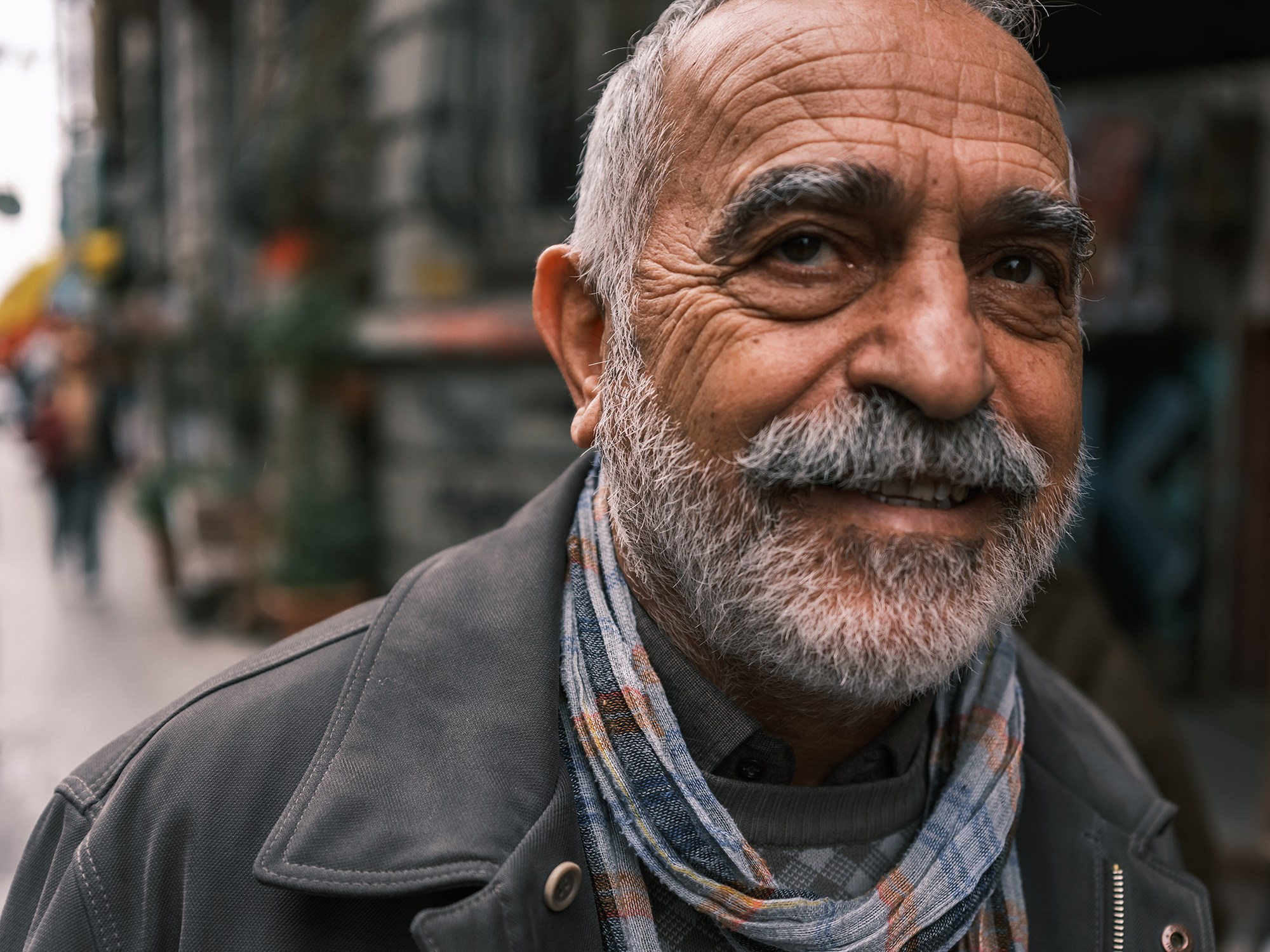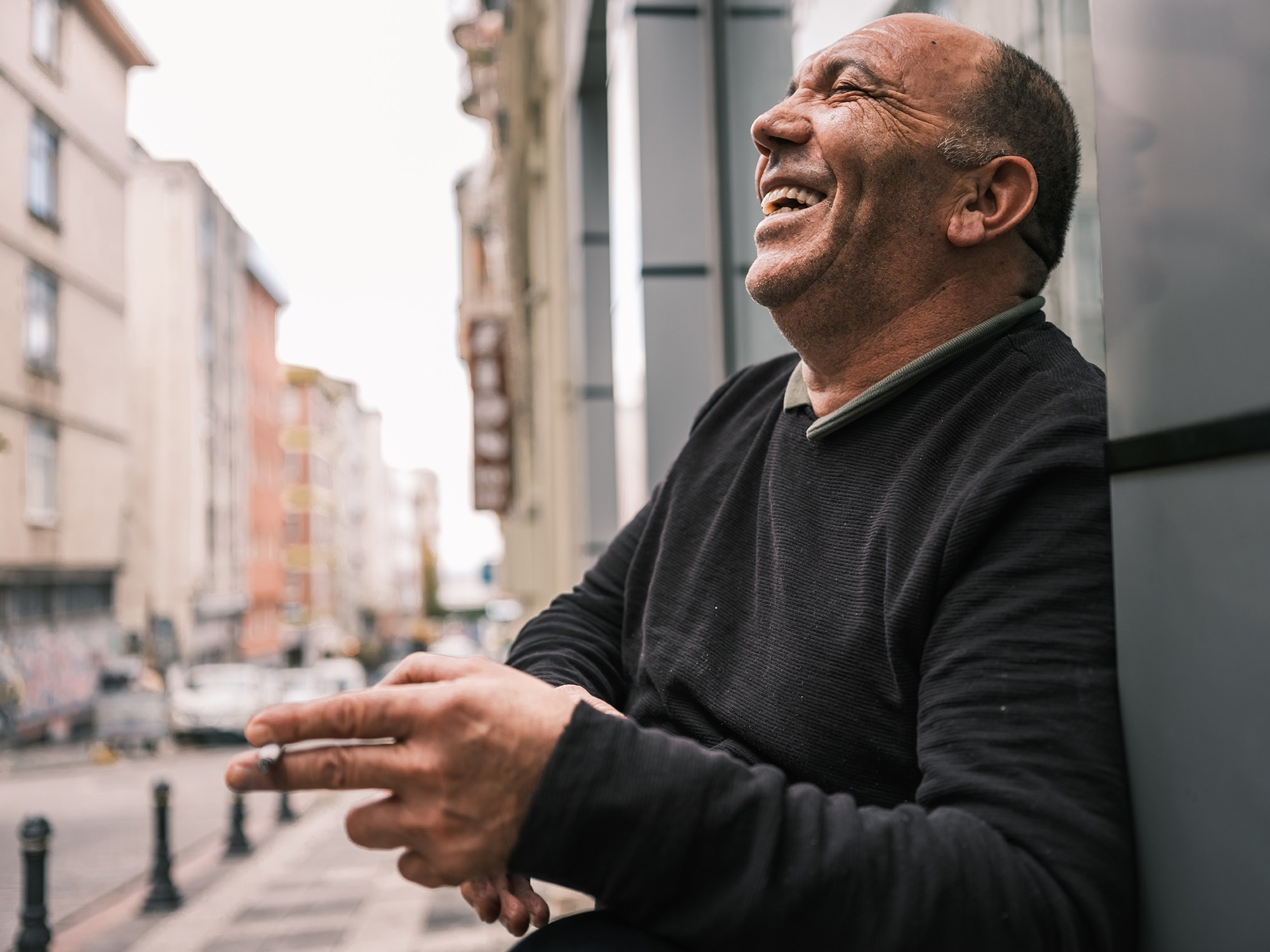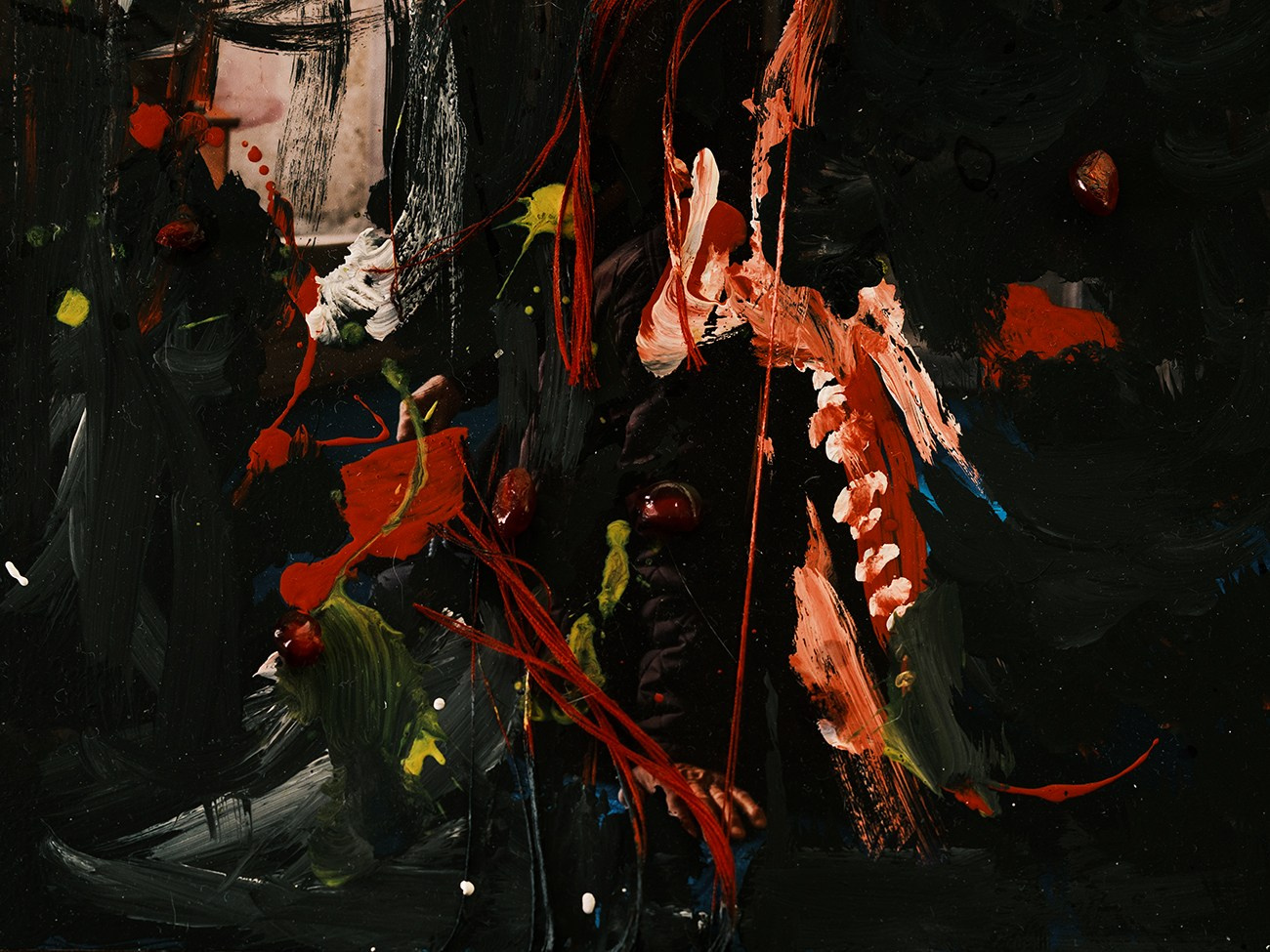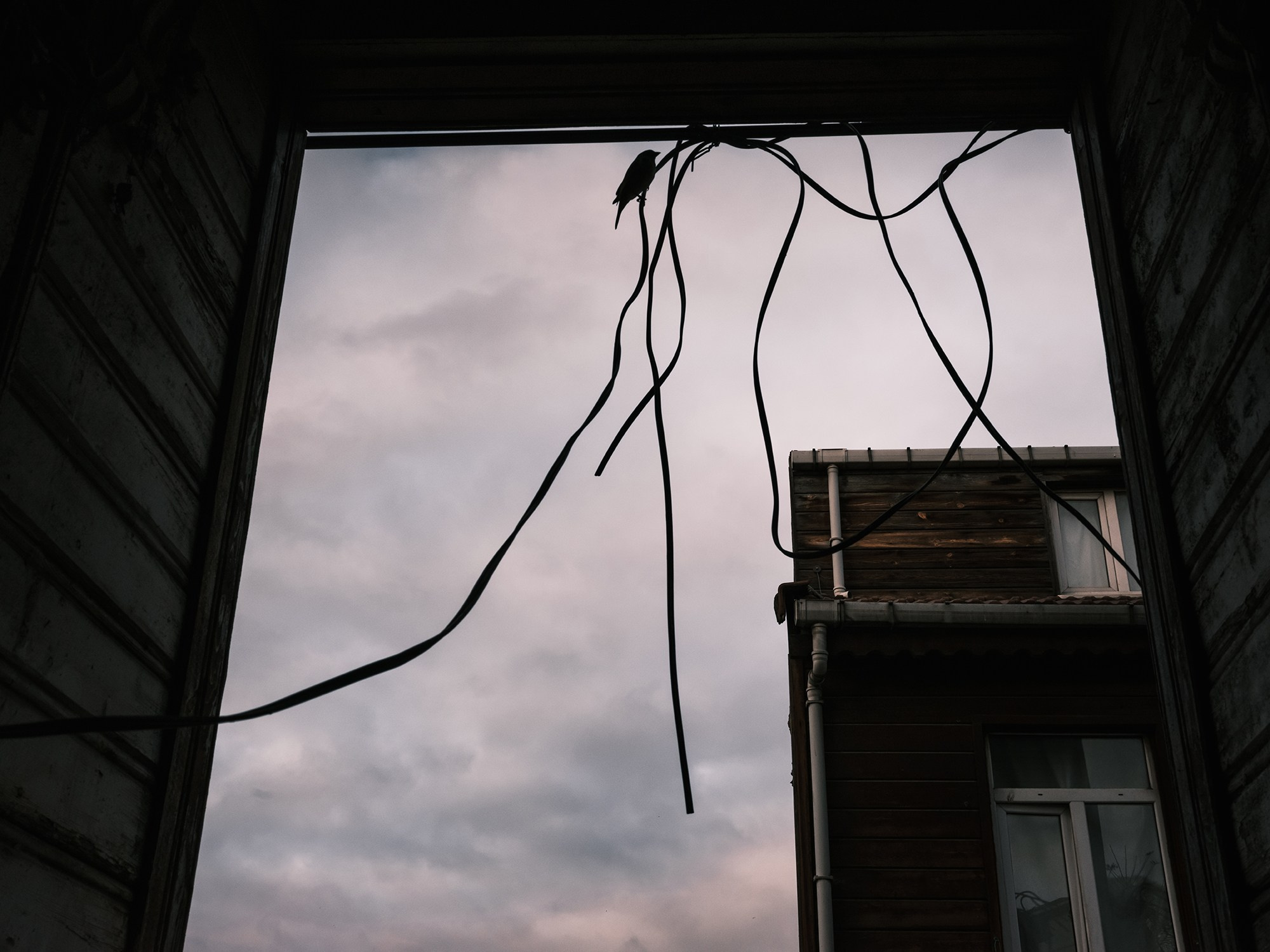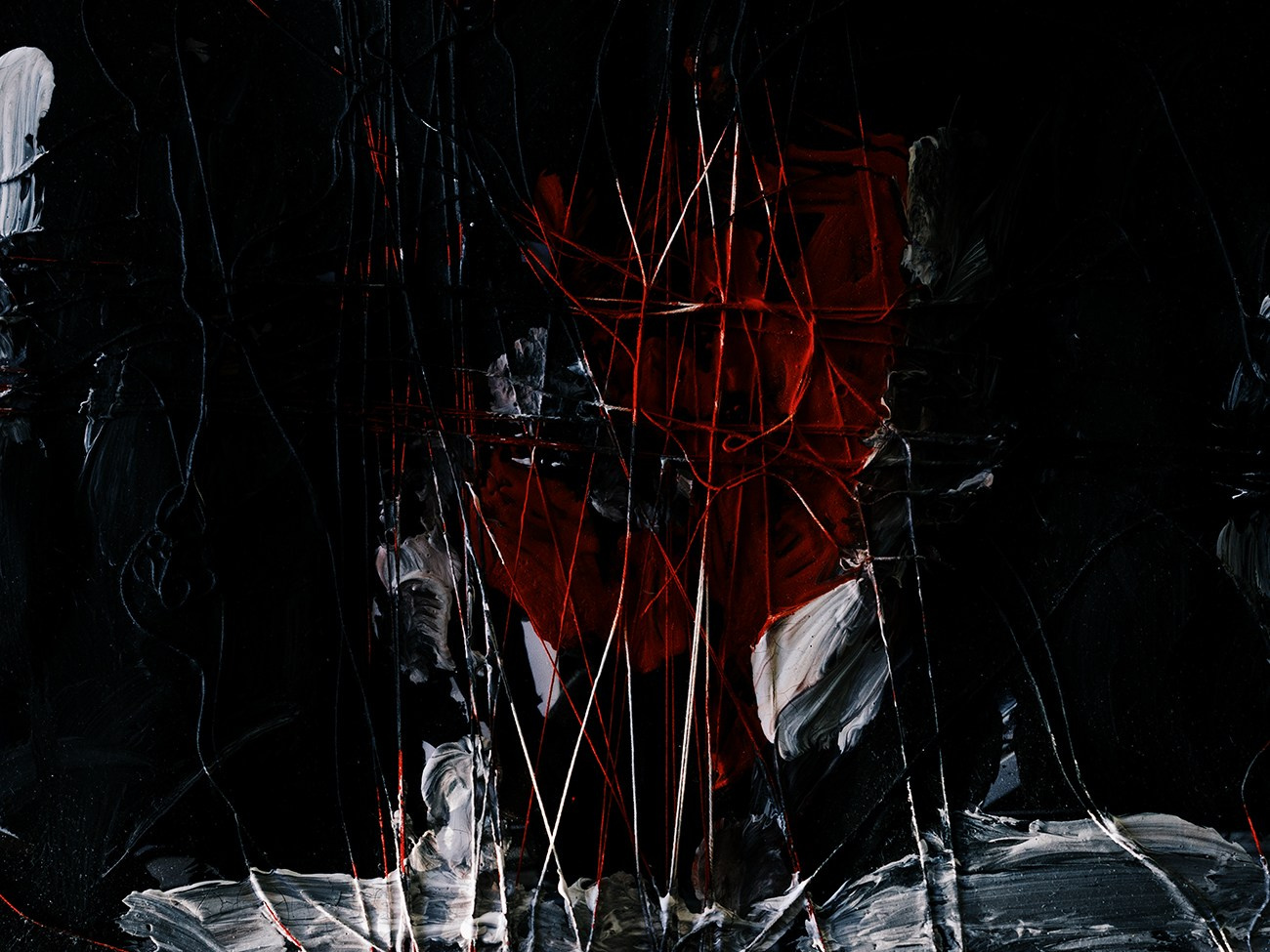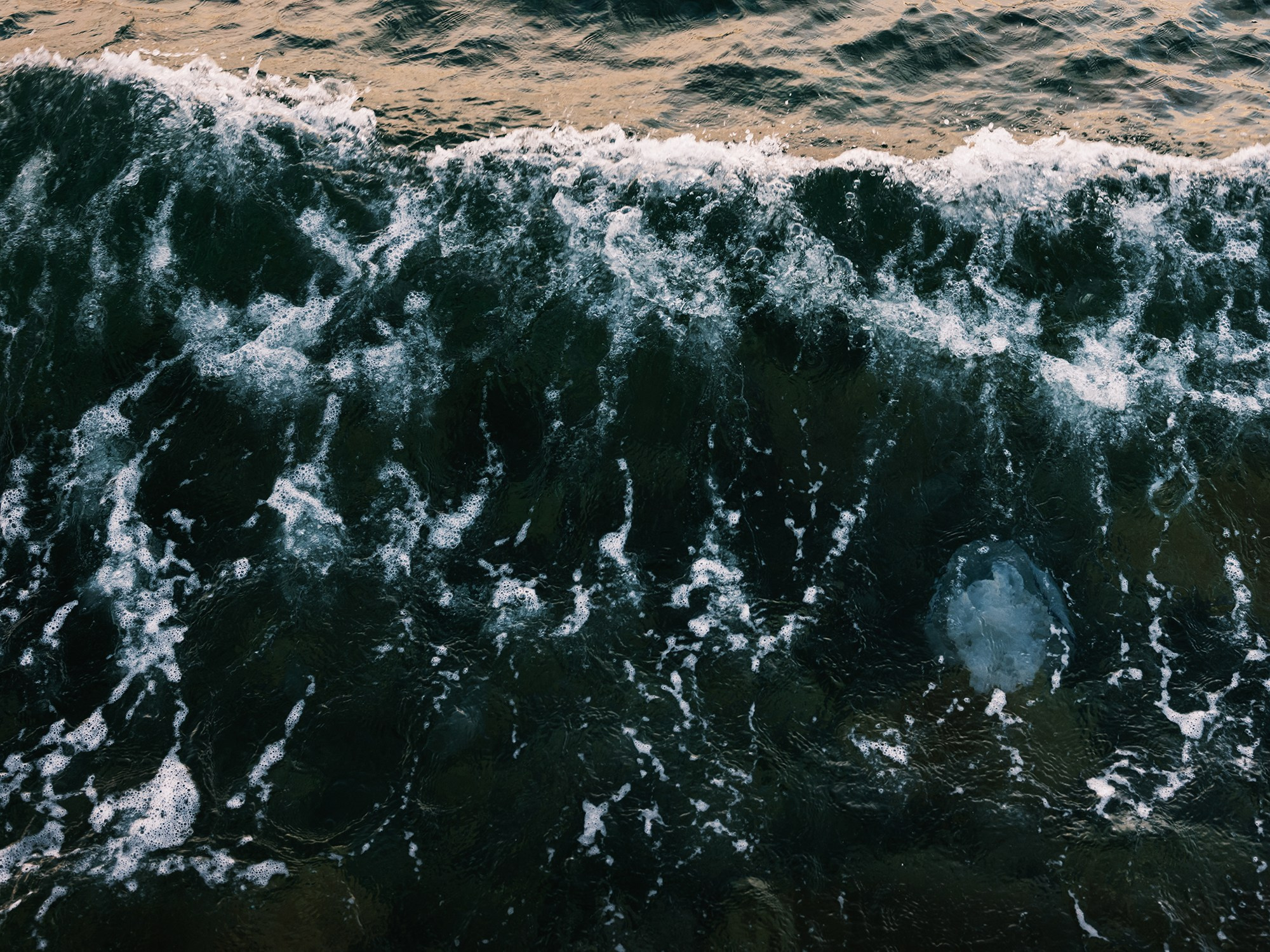The City. Istanbul
I was born in a big city. And I have always had a very ambivalent attitude towards the city. On the one hand, it’s a place of great opportunity. And at the same time, it’s a place of privacy. You can live in a city for a long time and nobody cares about you. Nobody knows your private life. There’s a downside. Individuality disappears in the city. You feel loneliness in the city more than anywhere else. You are helpless and defenseless in the city. The city can give a lot, but it can also be very cruel. It is known that the rate of depression and suicide is higher in cities. The expression “Moscow does not believe in tears” can be applied to any big city. The expression “Istanbul does not believe in tears” will also be true.
Today, most of the world’s population lives in cities. And everyone has to build their own relationship with the city. With the space that is created at the intersection of buildings, streets, and the people who live here. Finding and reclaiming one’s place. The space of the city is much more than the sum of its parts.
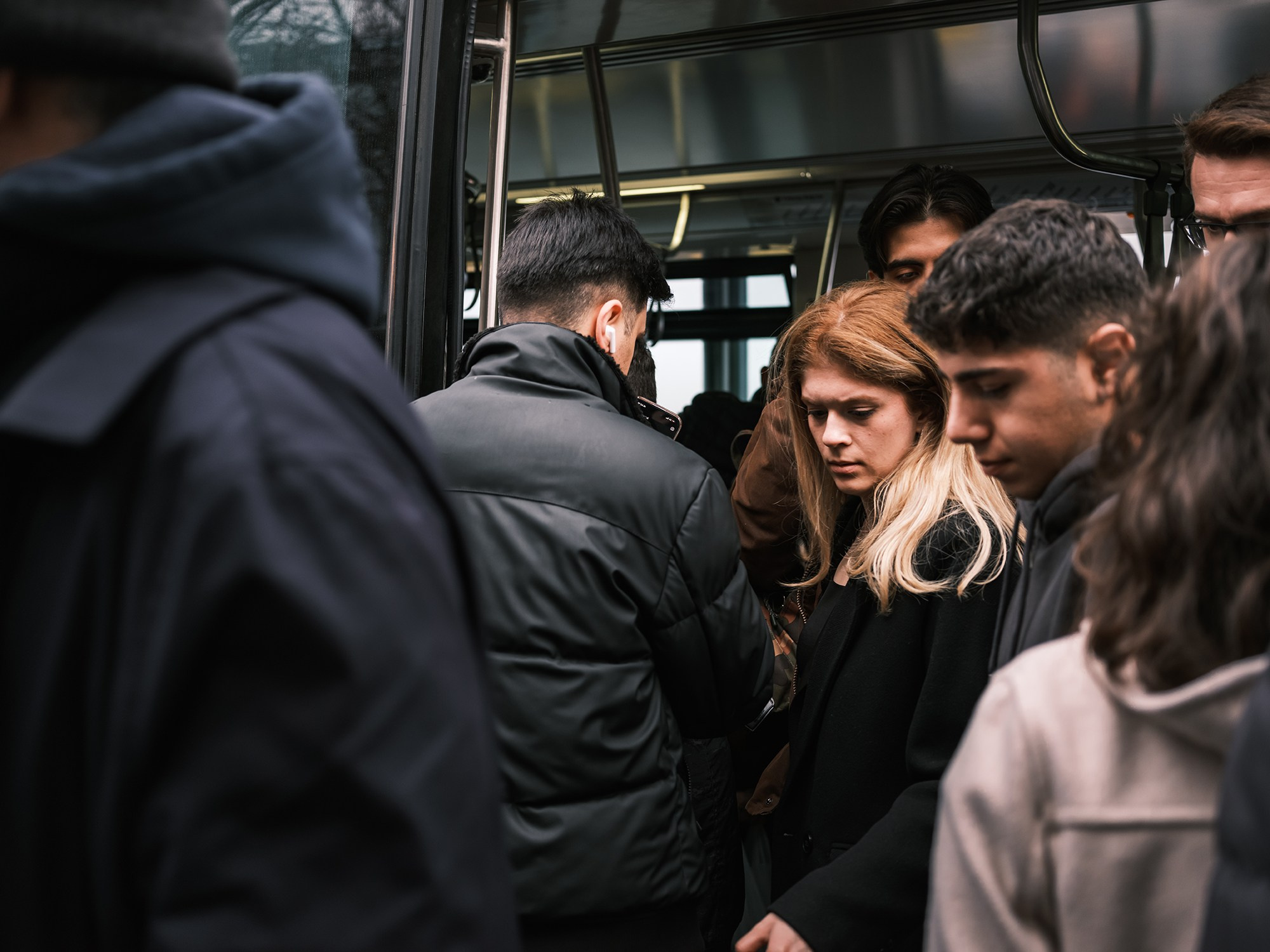

In this story, I acted as a detached observer. But the main object of observation was myself. I did not observe the city so much as I observed myself in the city, my reactions and feelings. I observed how my perception of the city changed in the process of observation, and the city itself changed along with my perception. It is well known that the very fact of observation can change the observed object. And my story fully confirms that this is so. As a result, each of us lives in our own city. And only our perception largely determines what that city will be like. And how it will affect us. To inspire us, to fill us with life or, on the contrary, to destroy us and drain our energy.
This is a very personal, somewhat therapeutic story.
7 o’clock.
The sun is still out.
Why
is it so dark outside?
It’s winter, it will rise, it will surely
rise, even though it’s cloudy today.
I want sunshine, I want the
whole day to be sunny like yesterday.
And the next day, and the
next day, and the next day, and another day of snow, and then warm
and sunny again.
Such interesting shadows.
The little houses,
the streetlights, the trees, the wind and the seagulls.
Did you
hear all those sounds? It’s so interesting.
When I woke up,
probably around 6 o’clock, the first sound I heard was a scream, was
the scream of seagulls.
They’re still screaming somewhere in the
distance. They seem to come closer and then fly away. You can hear
them better when they’re closer.
Where is that sound coming
from?
The wind, the screaming of the seagulls.
Can you imagine,
it’s the wind going through the seagulls' lungs.
They have lungs
like people.
I guess they do, they breathe.
Some emotion, some
feeling makes the gull make a special movement with its lungs to make
the sound become a scream.
We can feel so different about
seagulls, about their scream.
And what we allow ourselves to think
about them will determine how we feel and react to the sound.
For
some it is a pleasant sound, for others it is an unpleasant
sound.
Then there was the call to prayer in a neighboring
mosque.
Did you hear it?
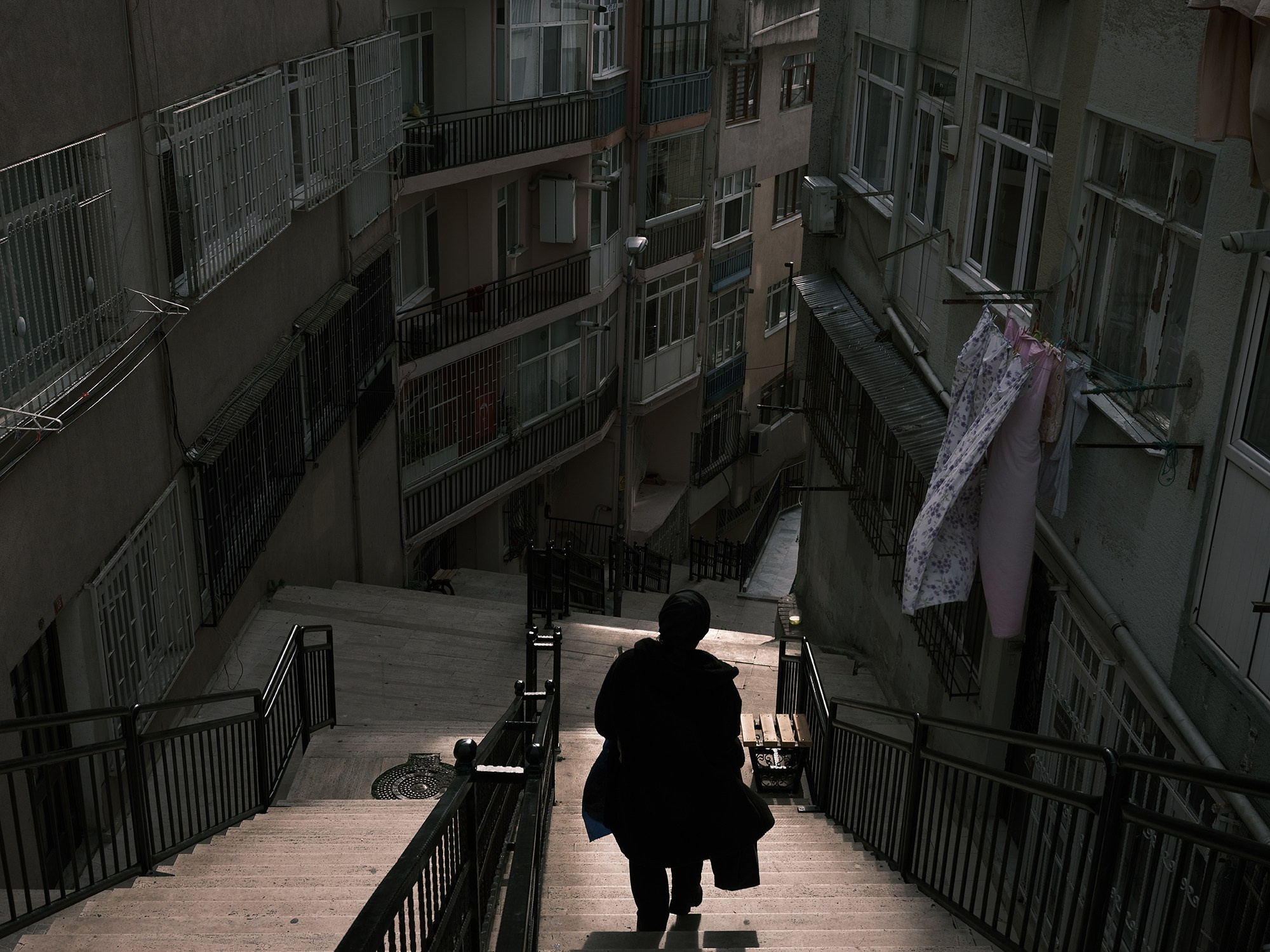
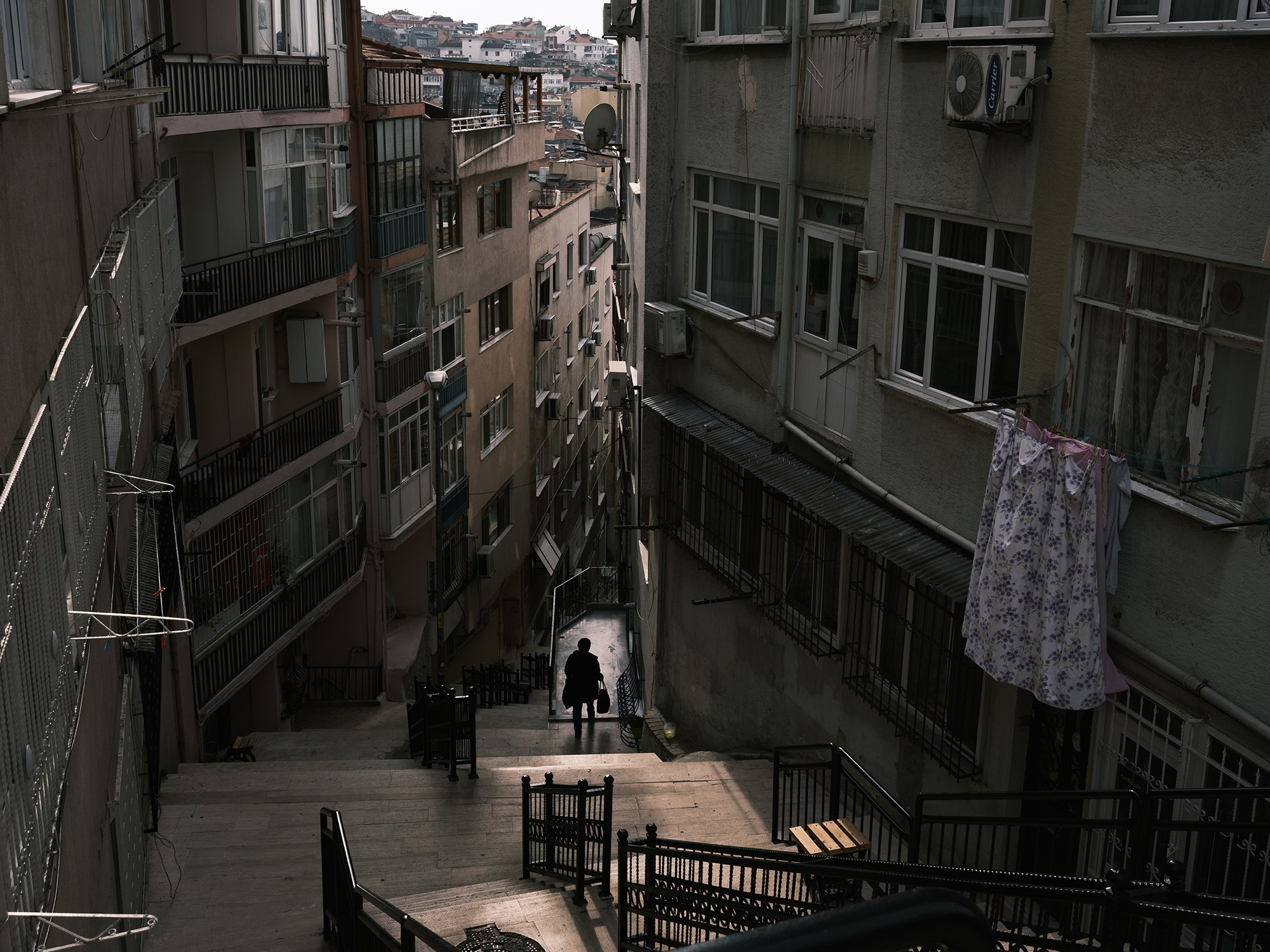
Maybe it was 6:30, I don’t know.
It wasn’t very long ago. Very nice
voice, very nice singing. I like it when it’s not just reading the
words, when it’s singing, they don’t always sing.
I think it’s very important when there
is prayer over the city several times a day.
It’s a very different life in such a
city.
The cries of the seagulls and the words
of the prayer, the first sounds you hear before you even wake up.
They’re both sounds.
Both are keys that can open doors
within you.
If you get in tune.
With these sounds, with these waves,
with these vibrations, and let these sounds open some locks within
you.
Our whole life is made up of these
keys.
This can open some doors.
When we travel it’s just easier because
we can see these keys more easily.
And it’s easier to find the doors that
they can open.
The more doors you can open, the richer
your journey is, I think, because traveling outside is just an excuse
to take another step inside yourself, although it is also an illusion
inside, there is no outside, there is a whole world.
Words mean so little, so much less than
words, prayers and the cries of seagulls.


